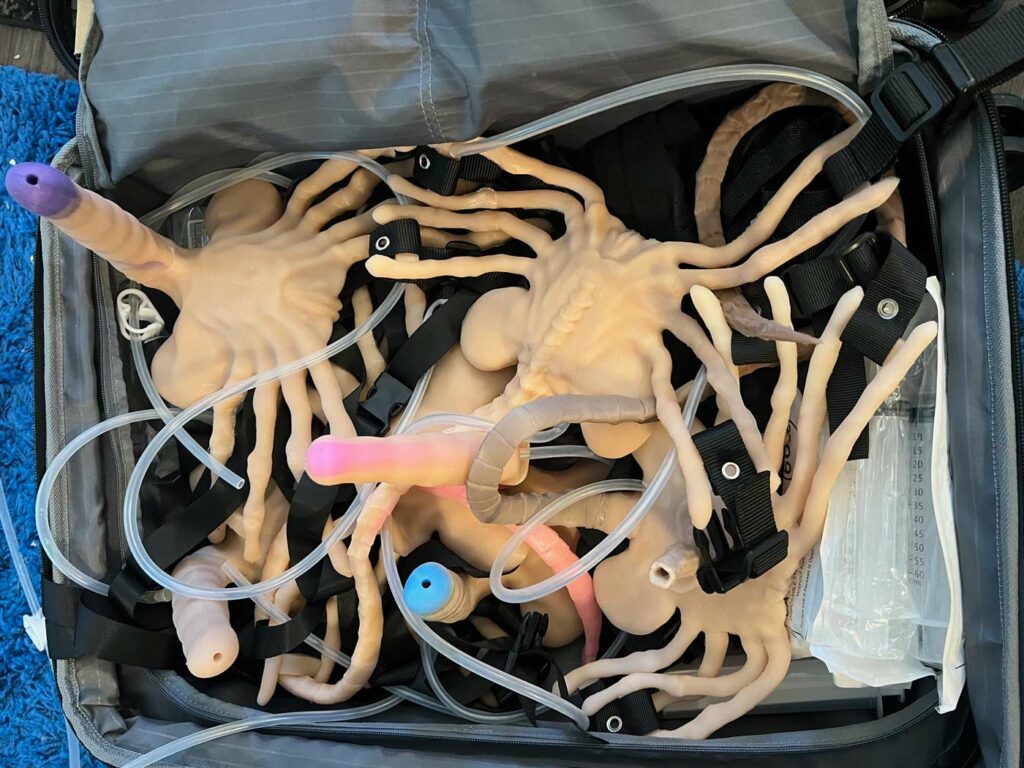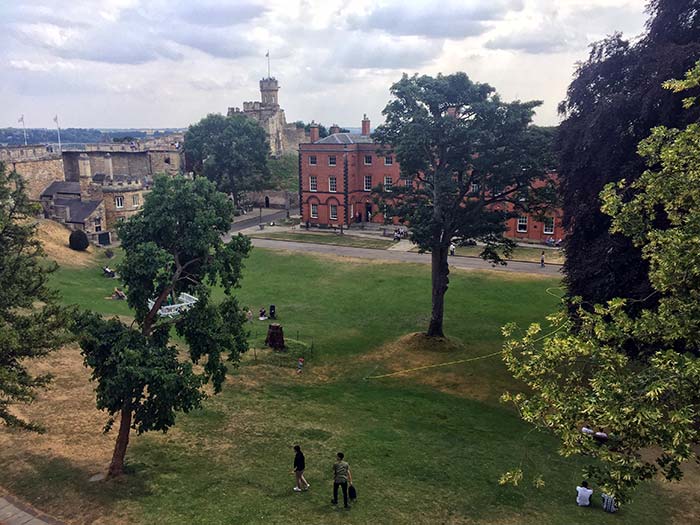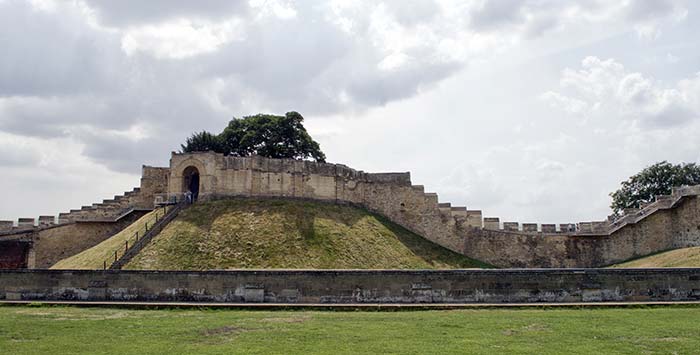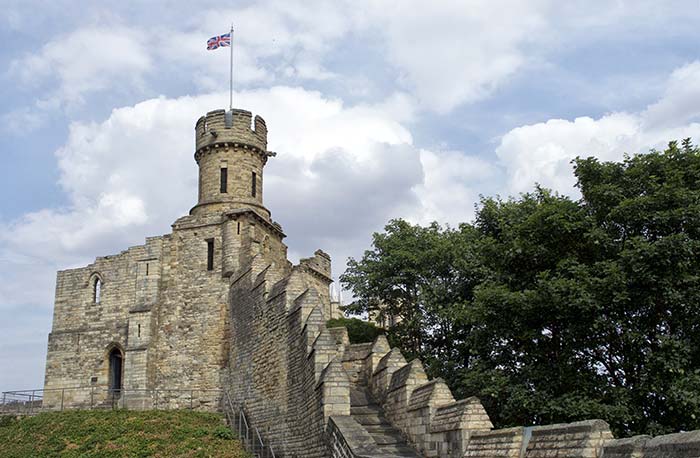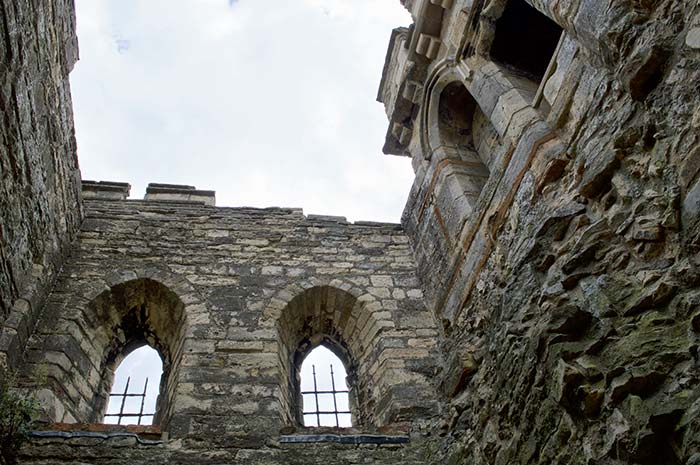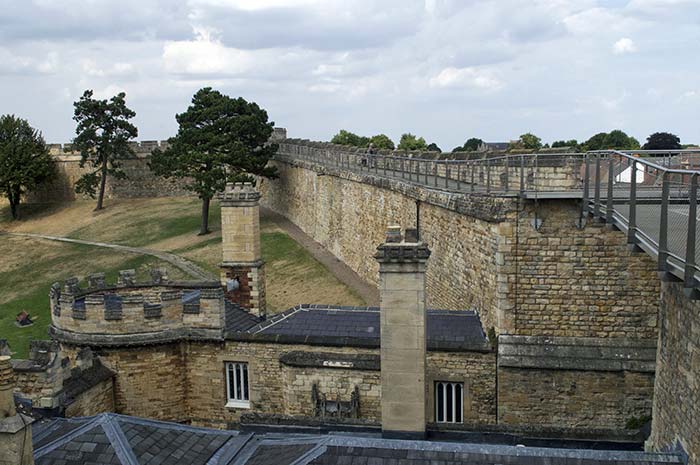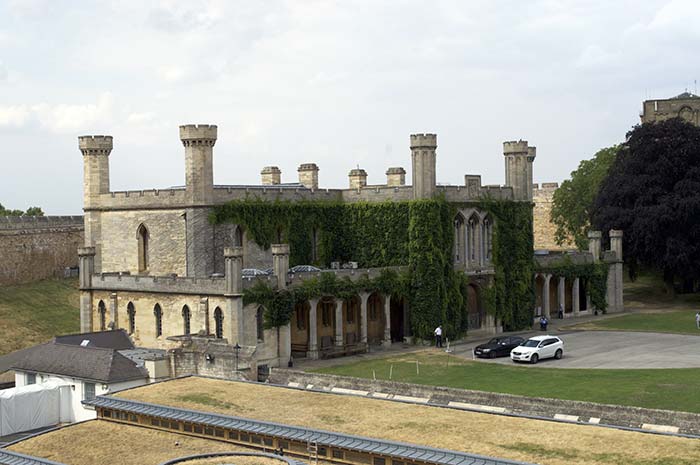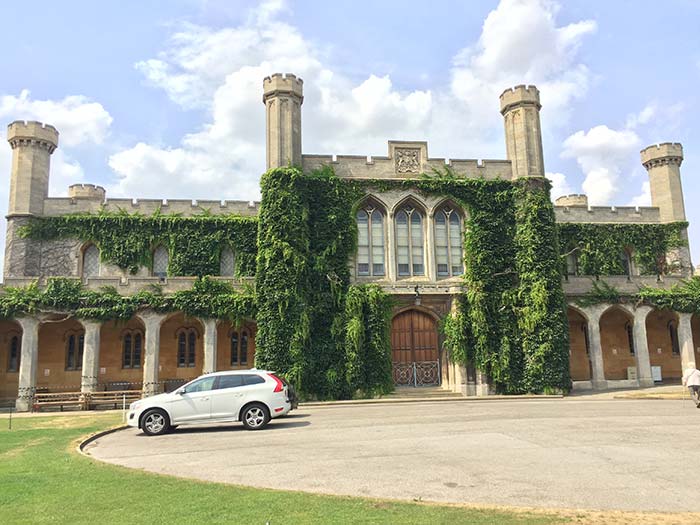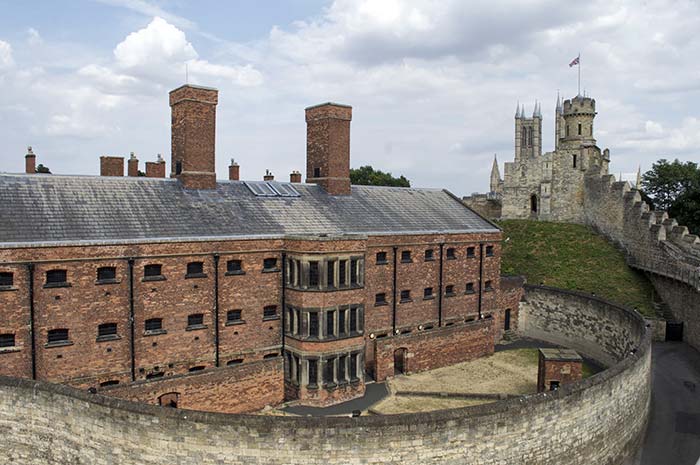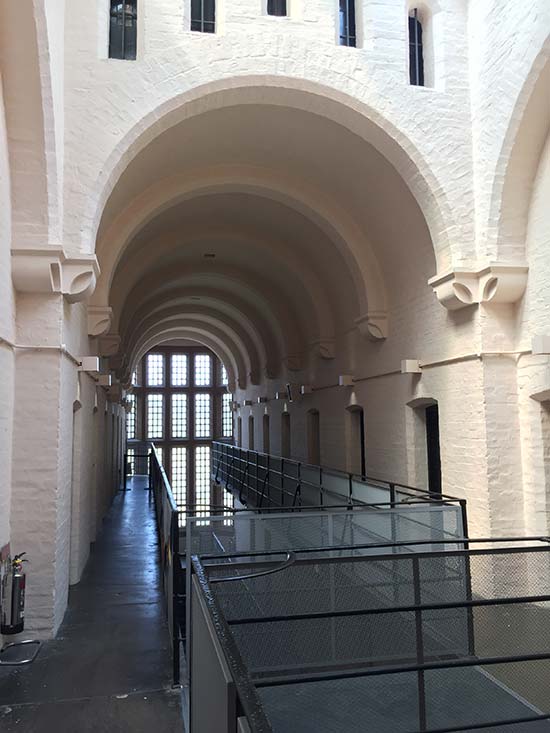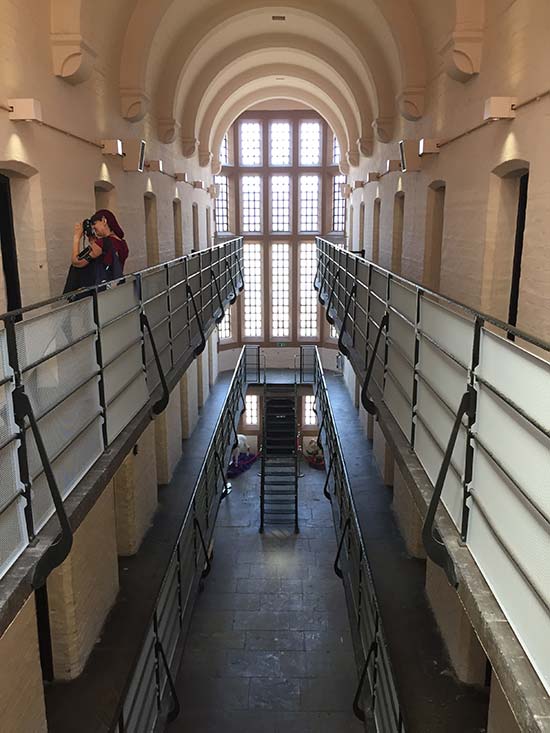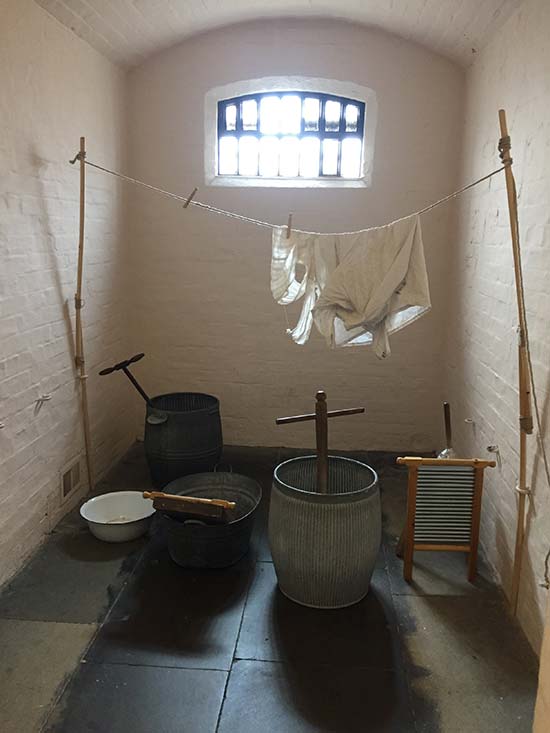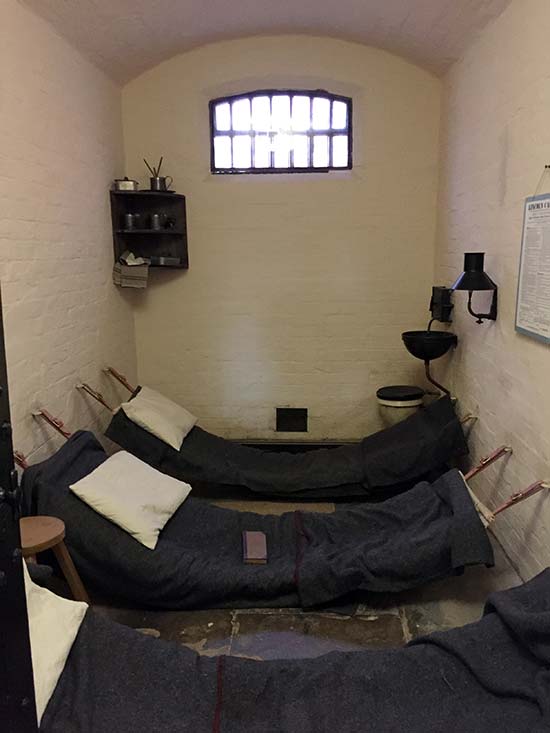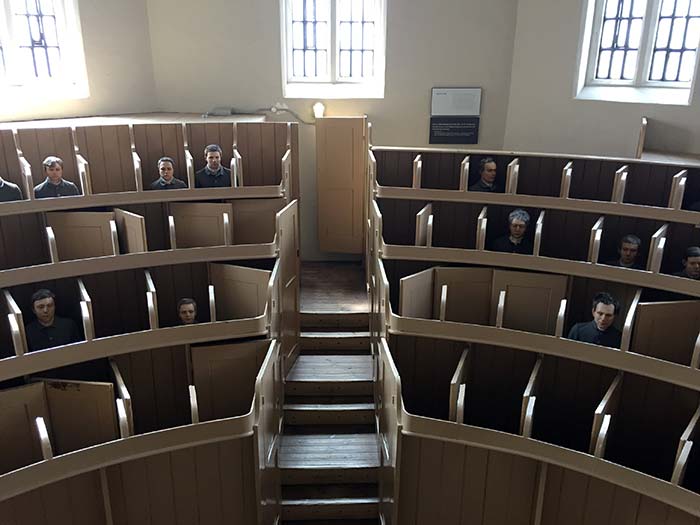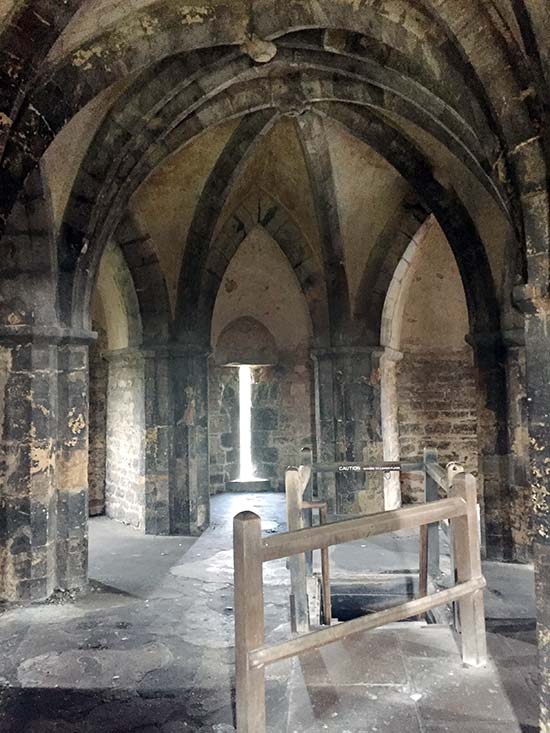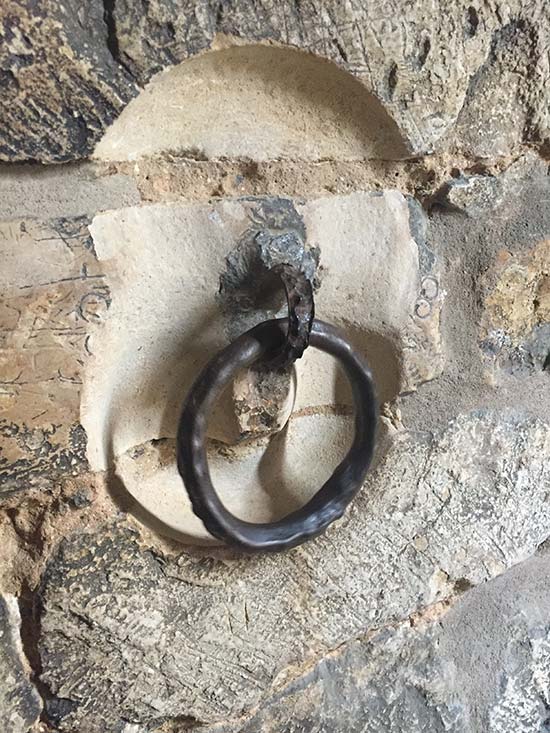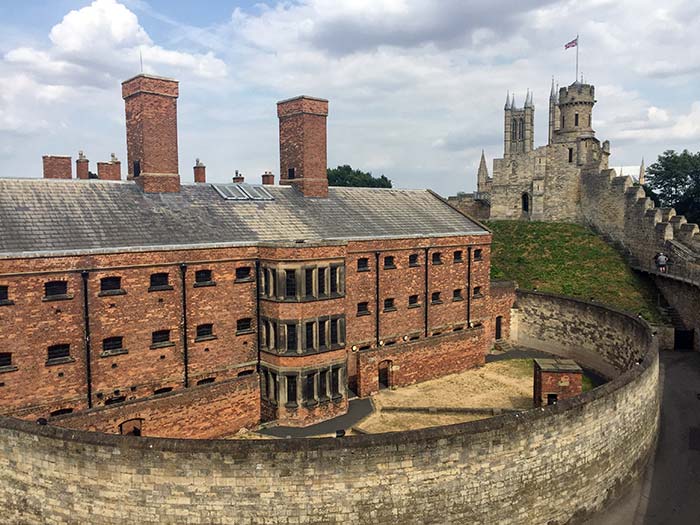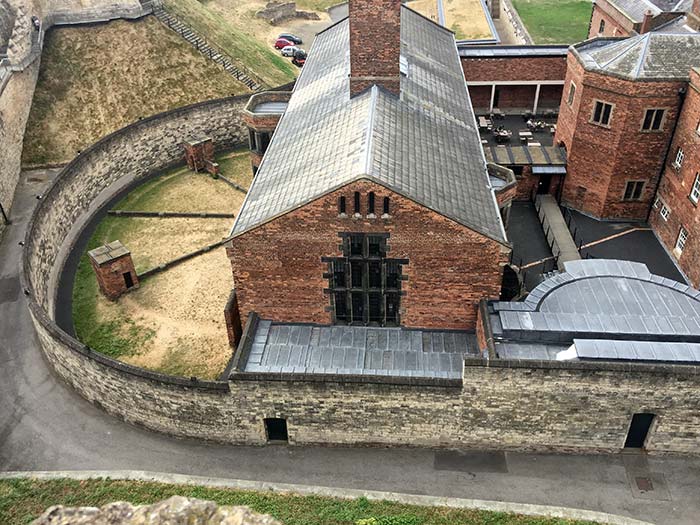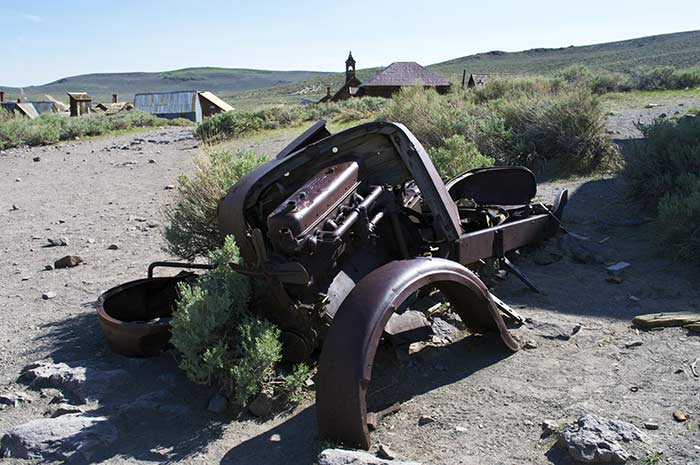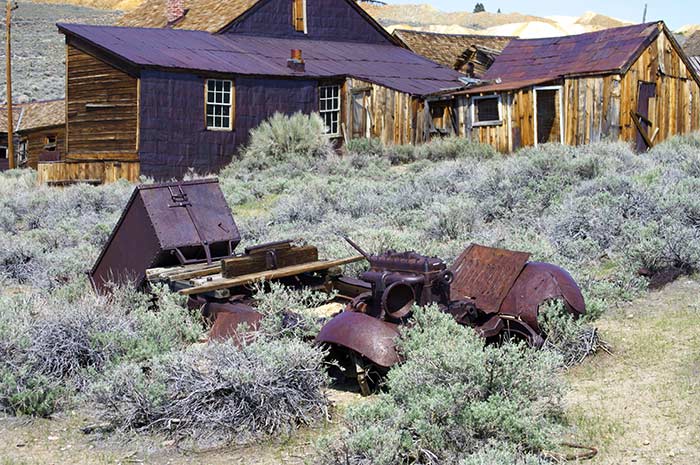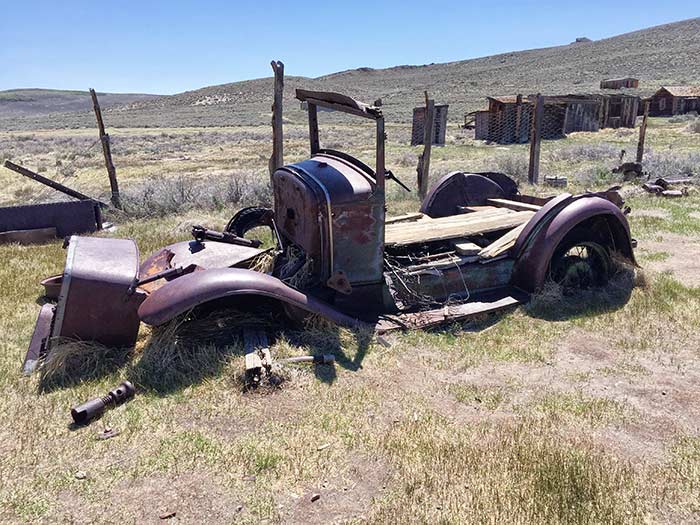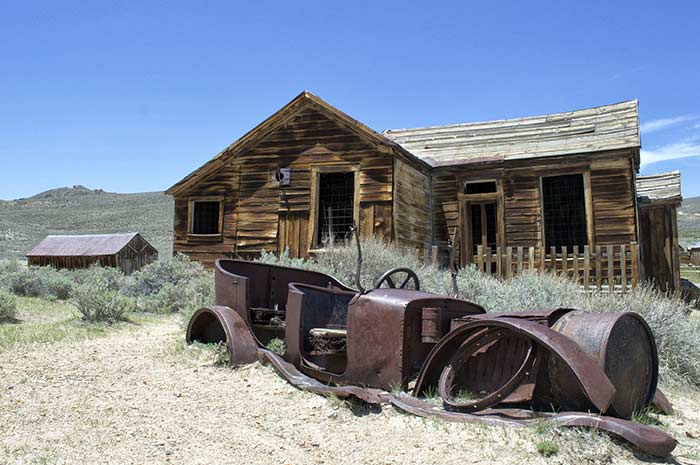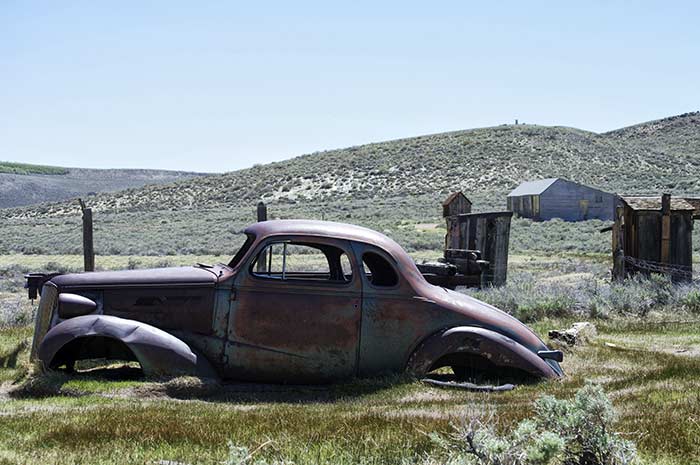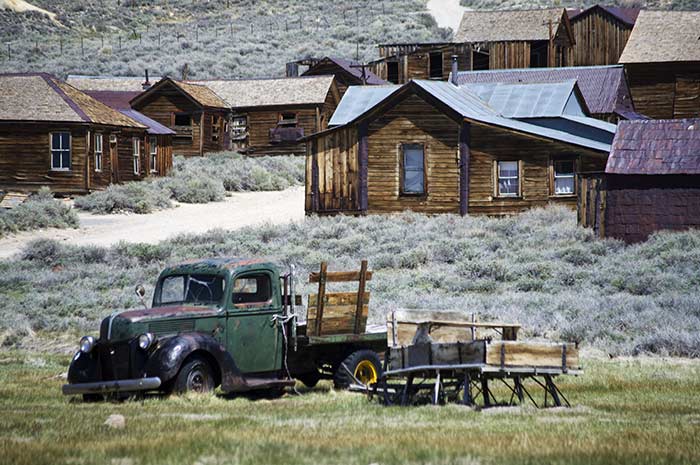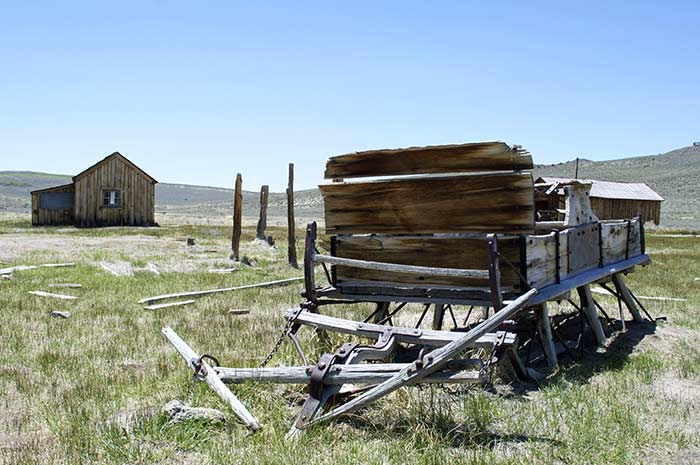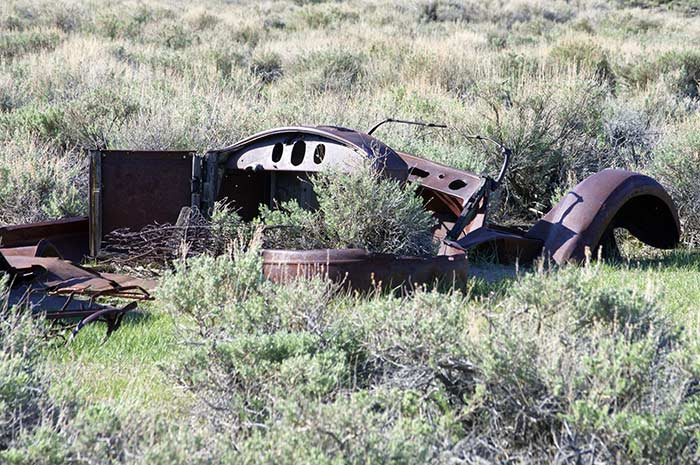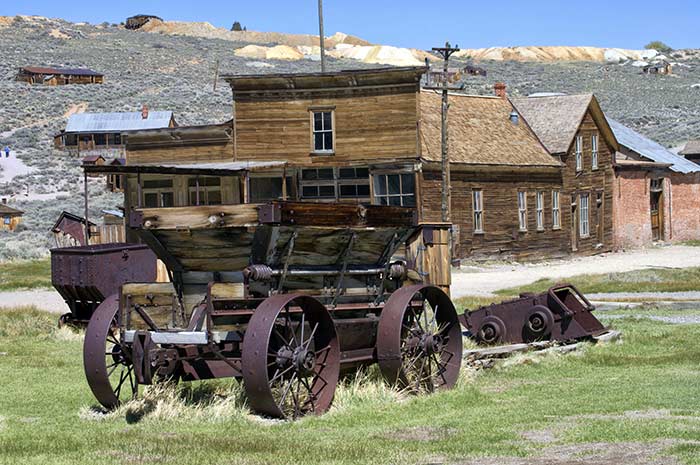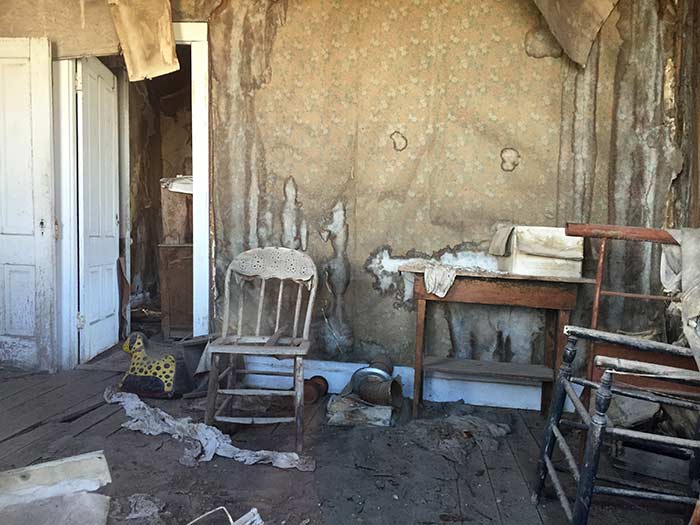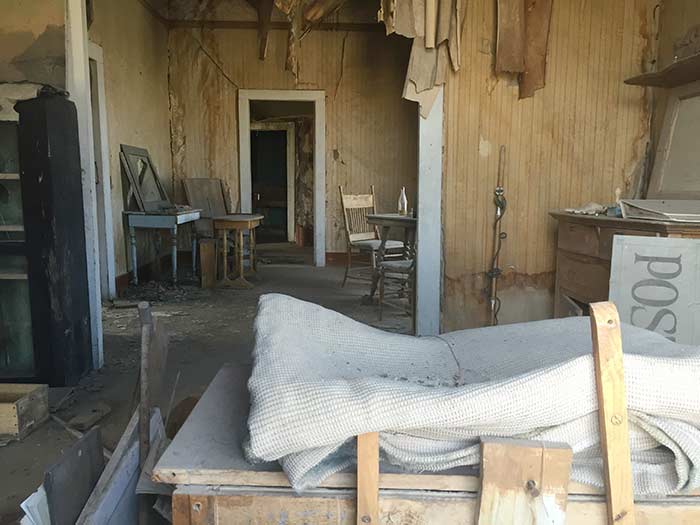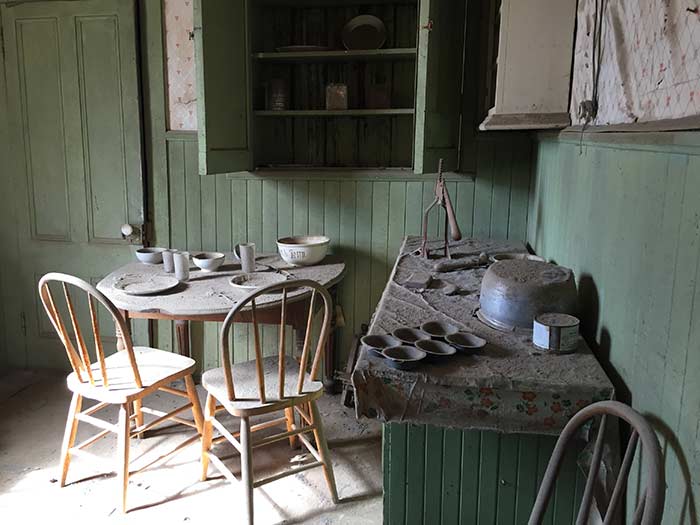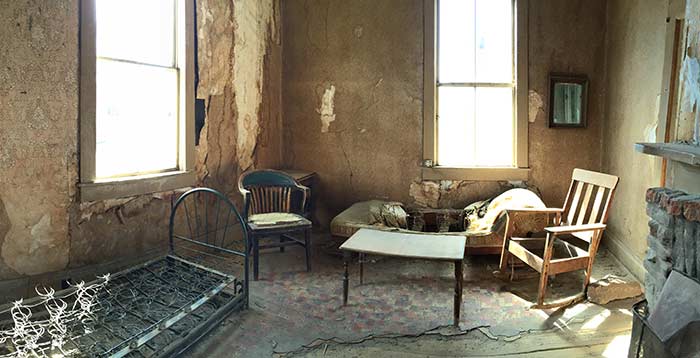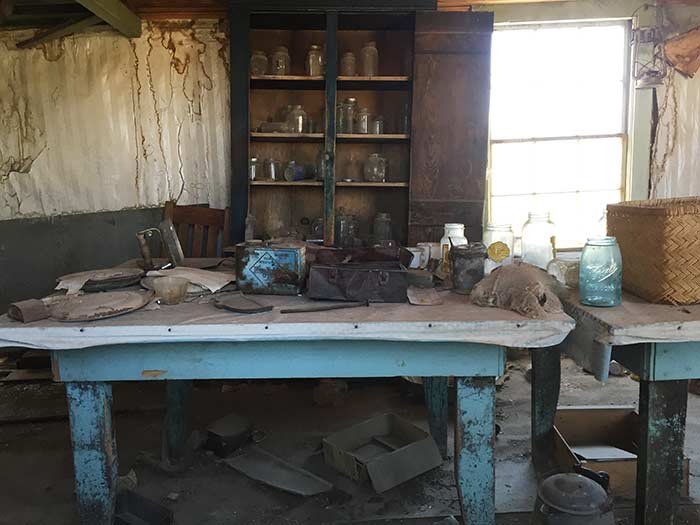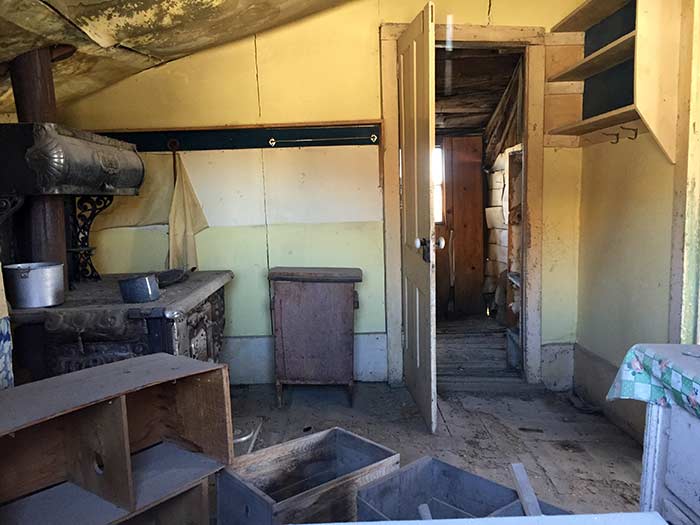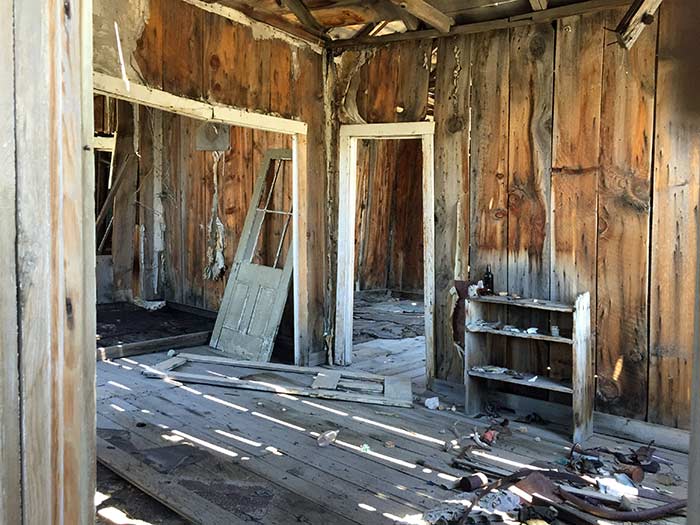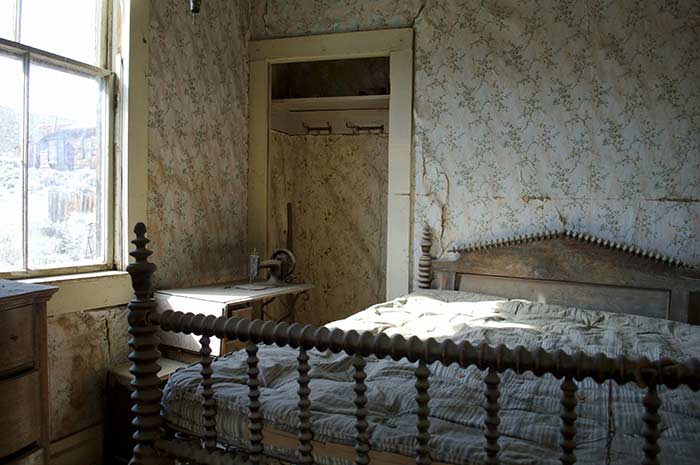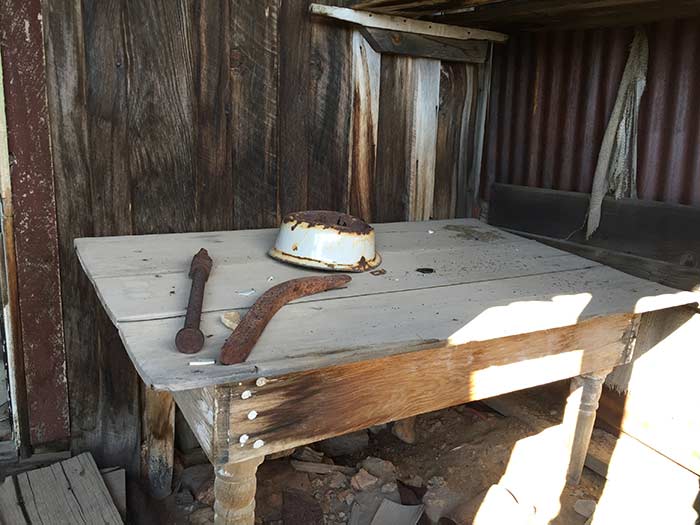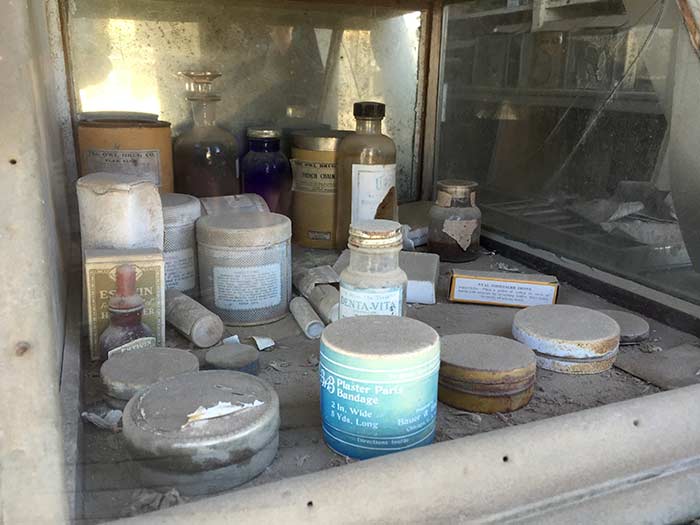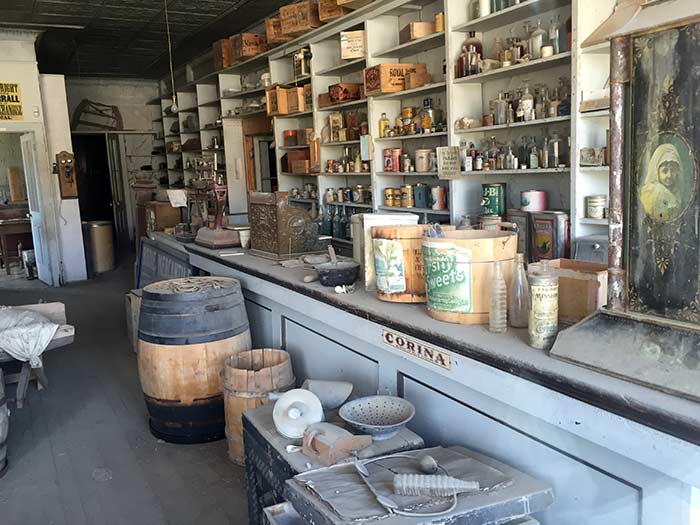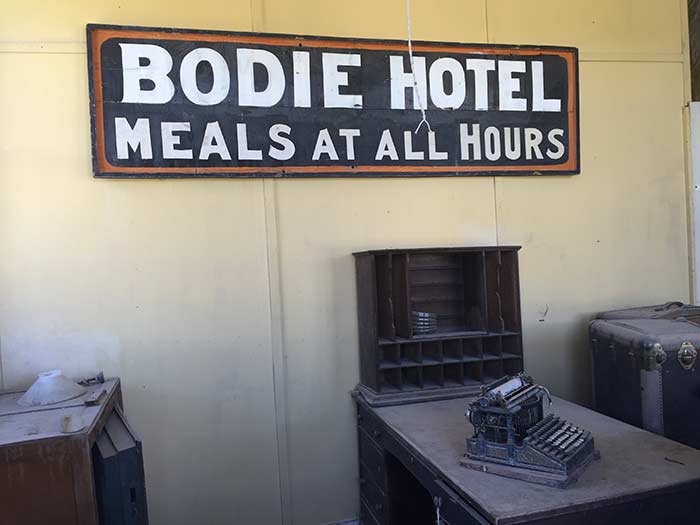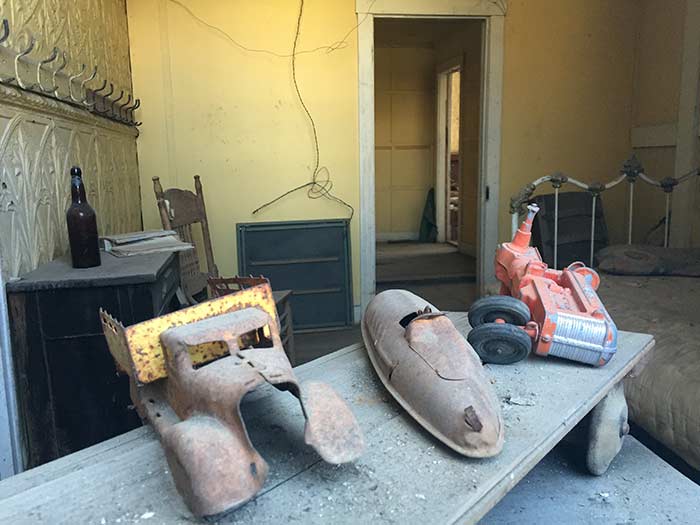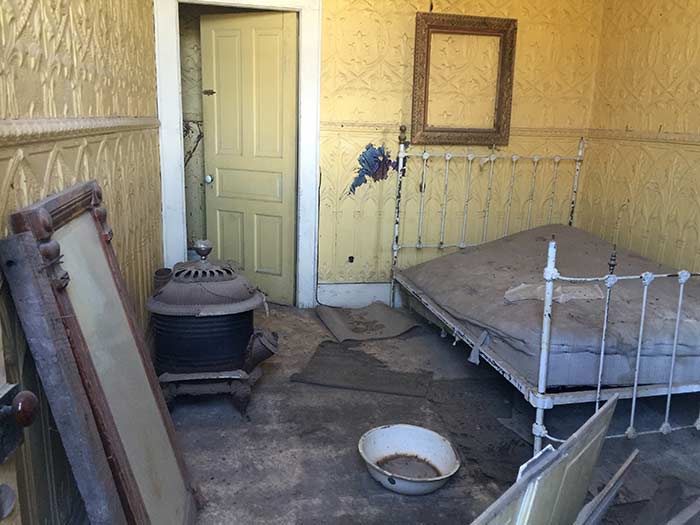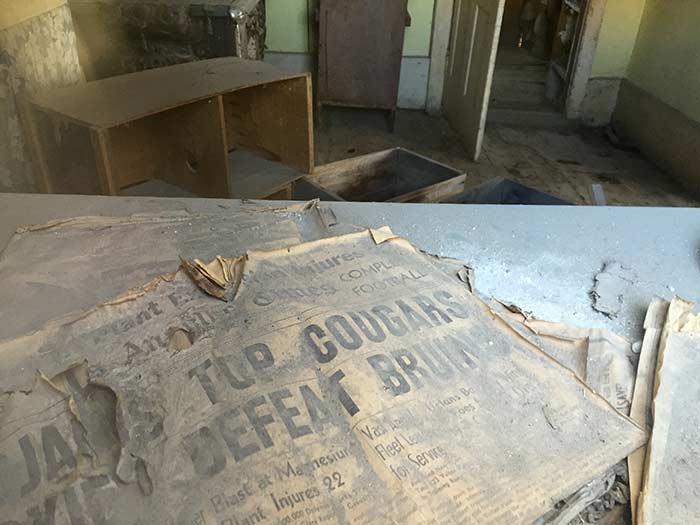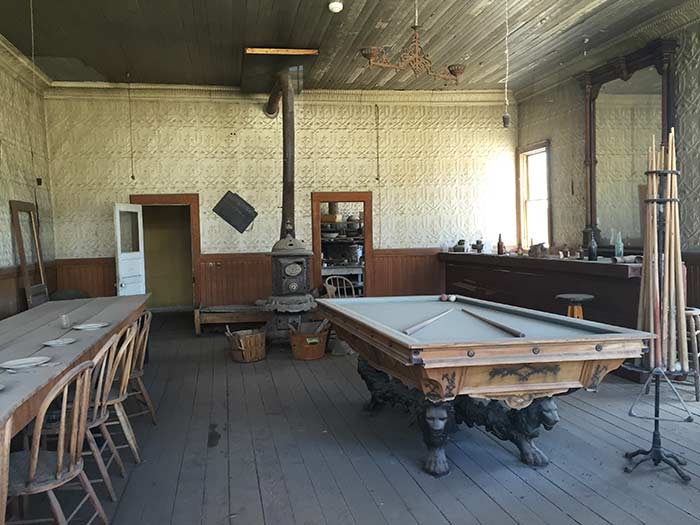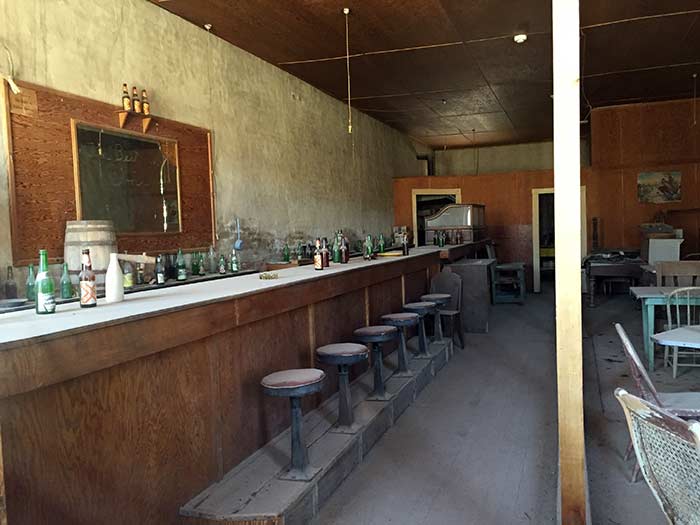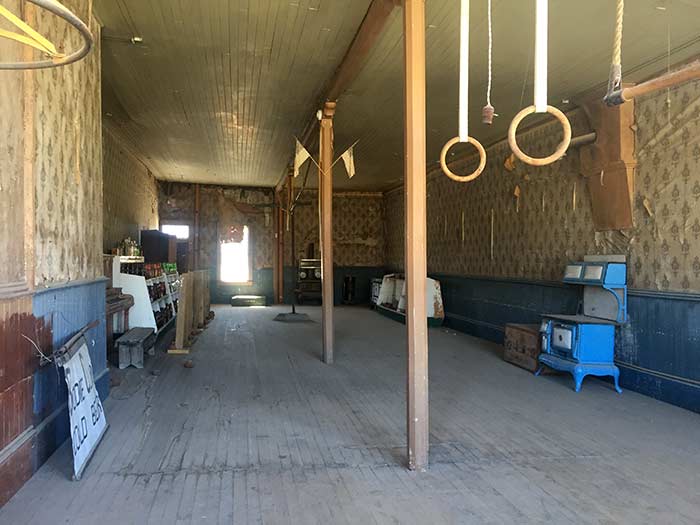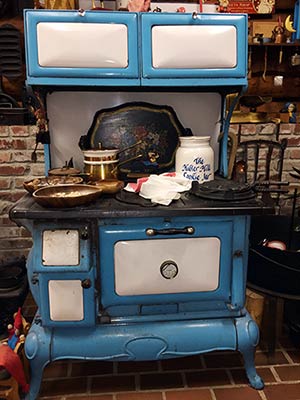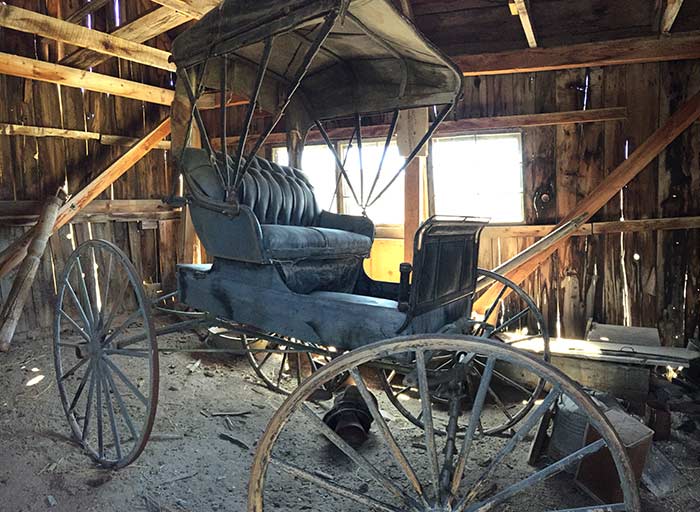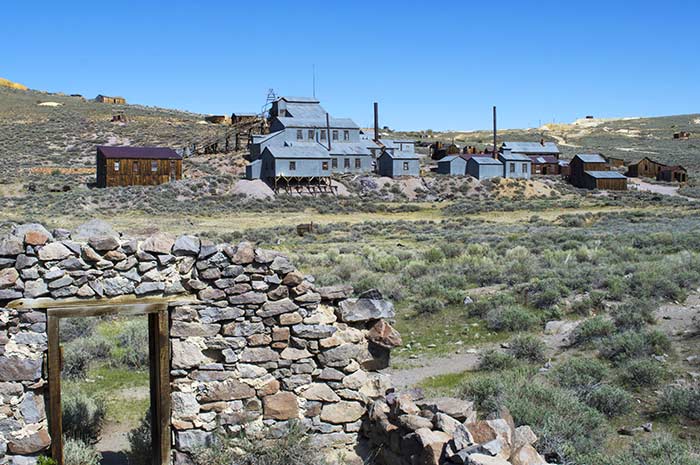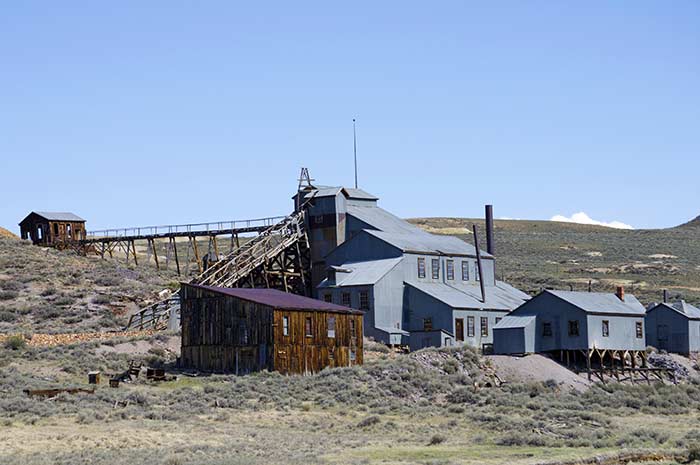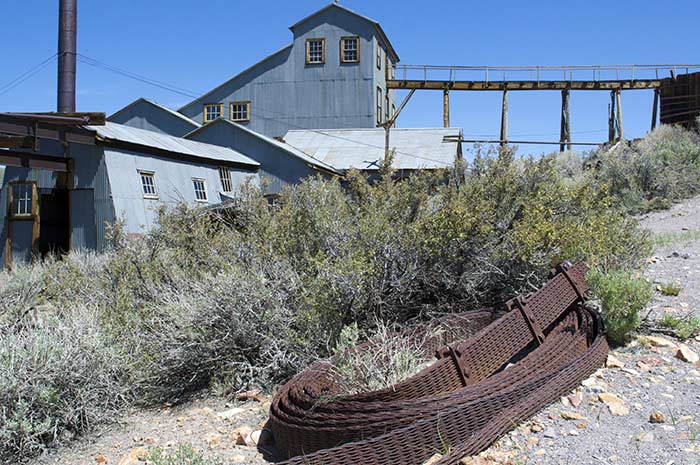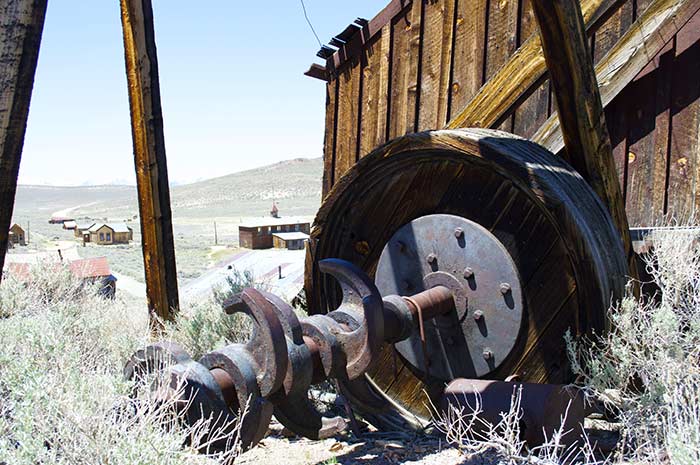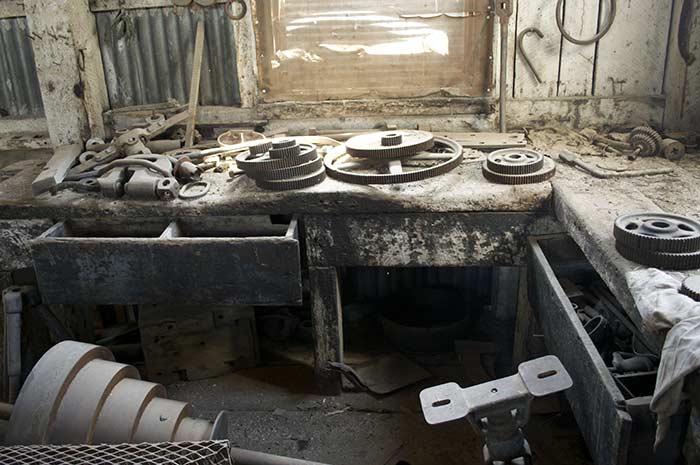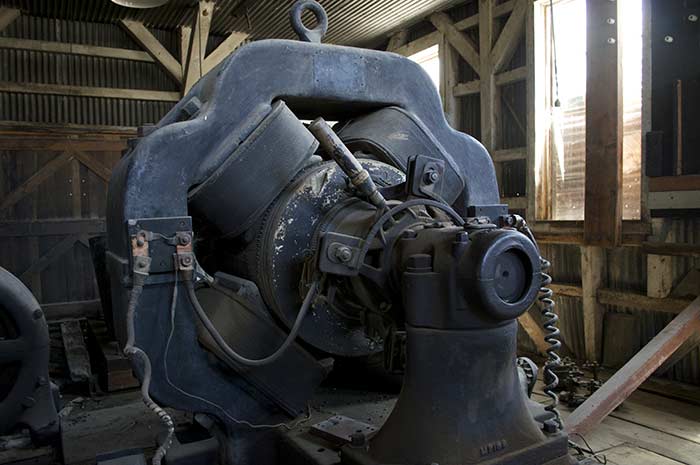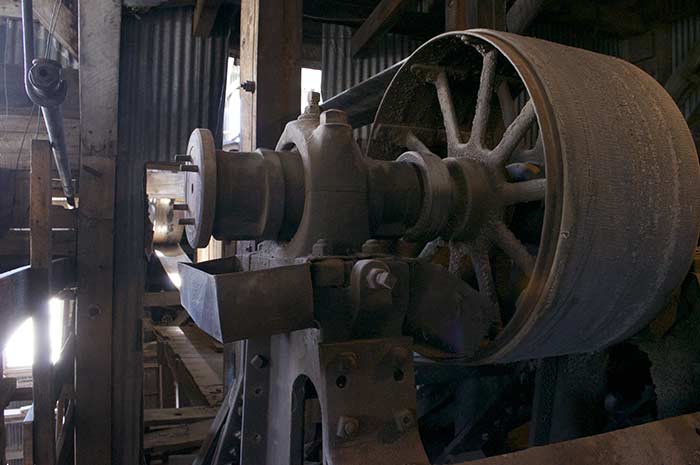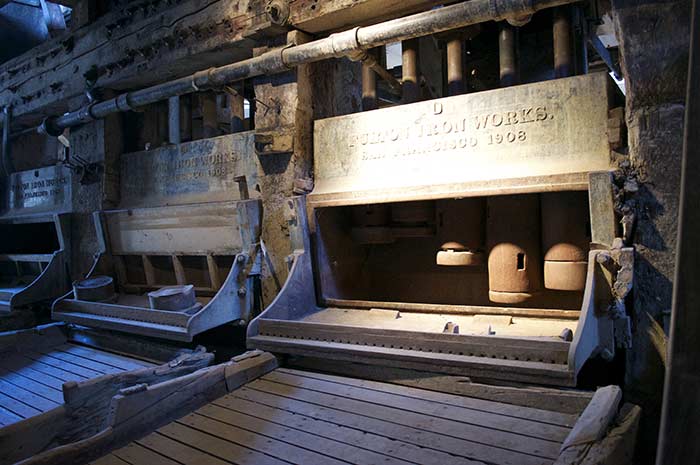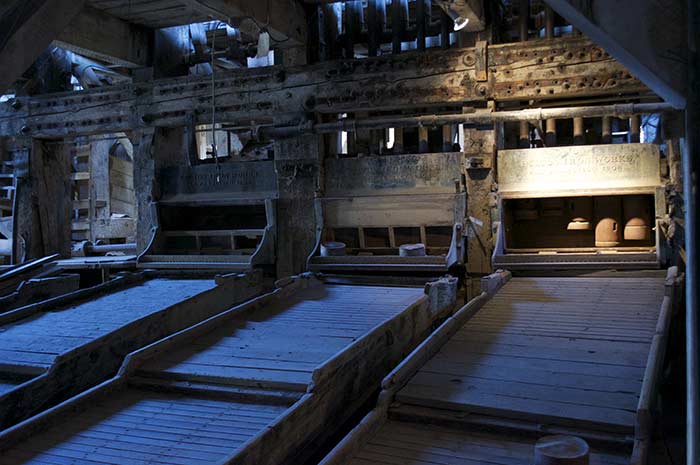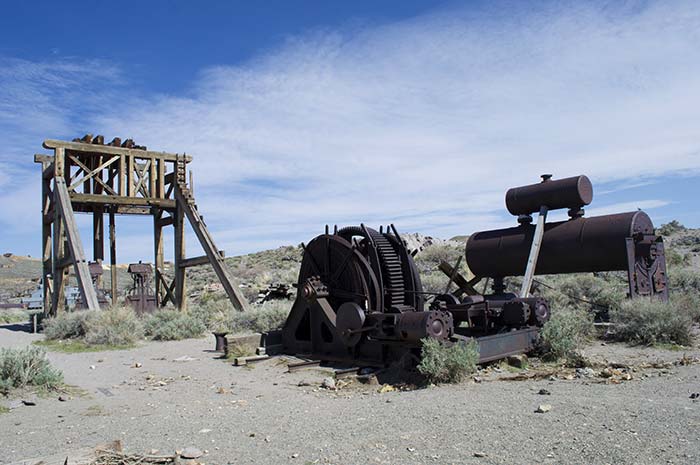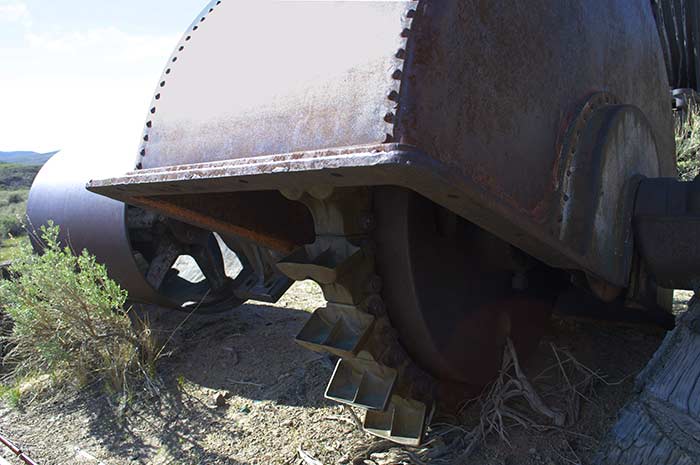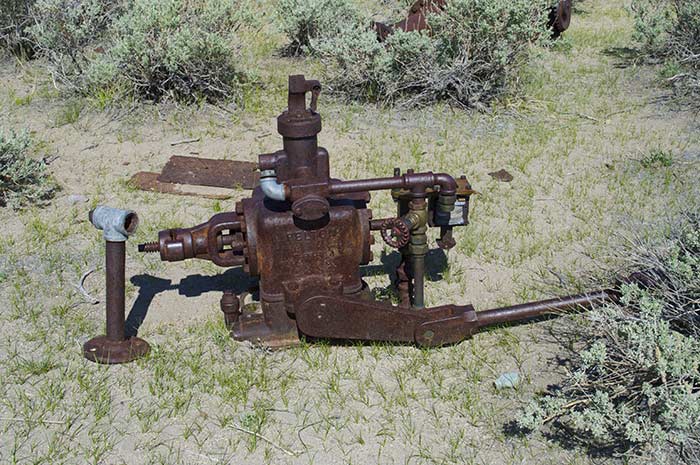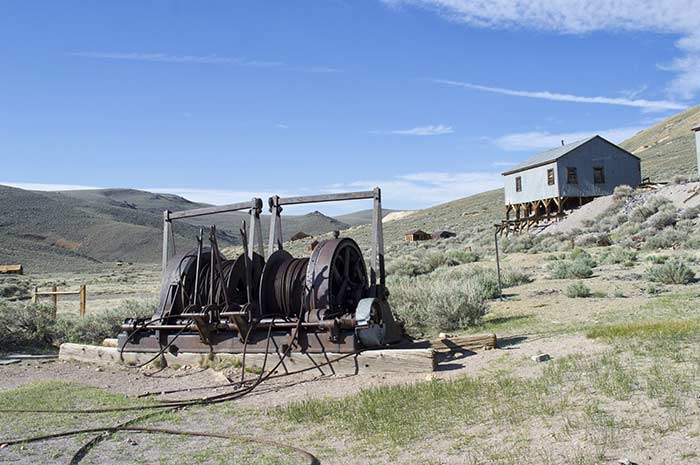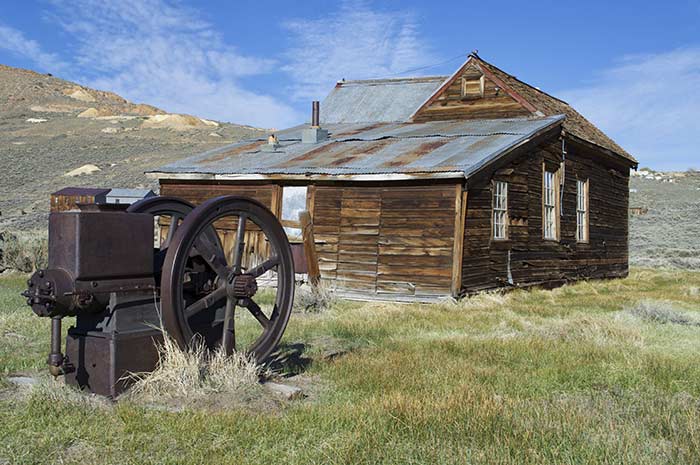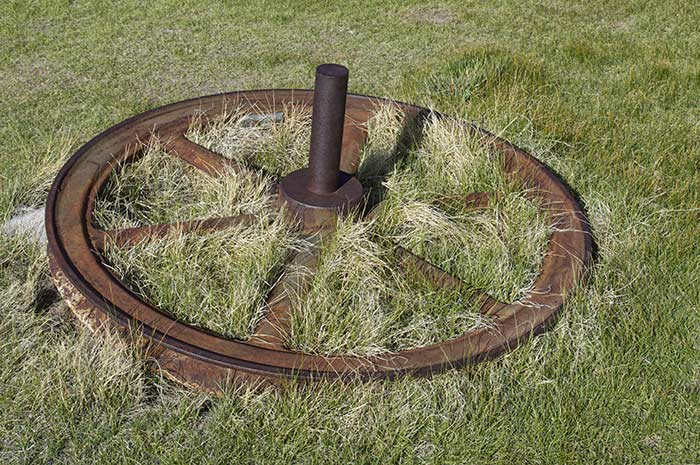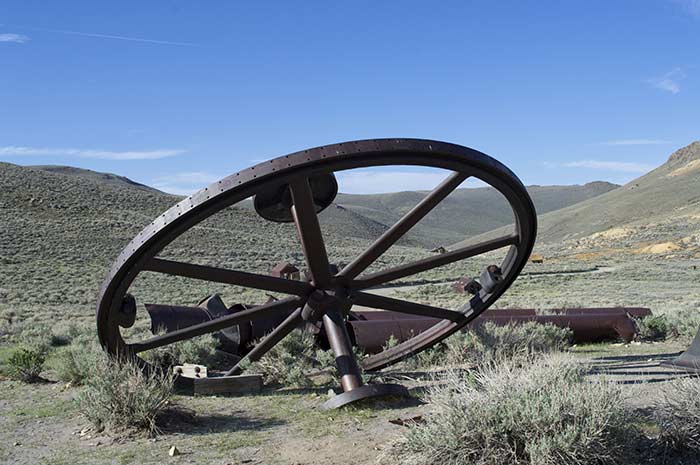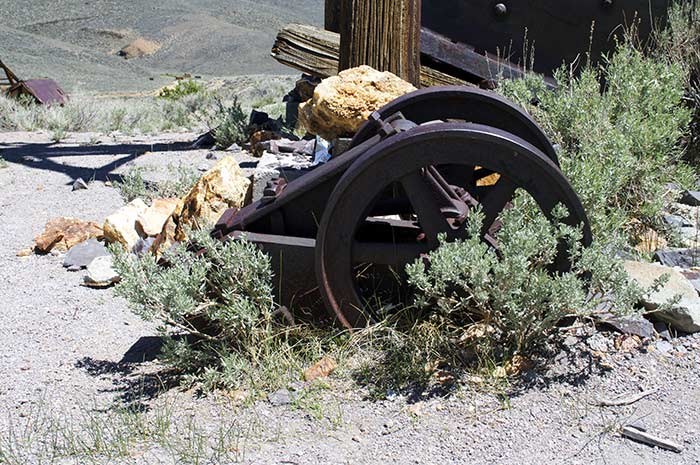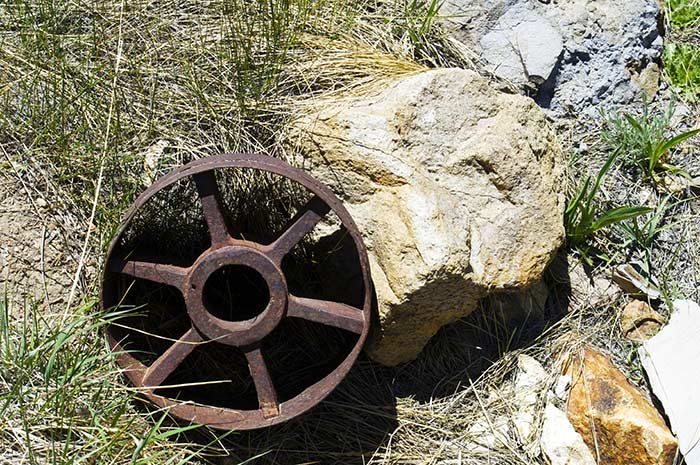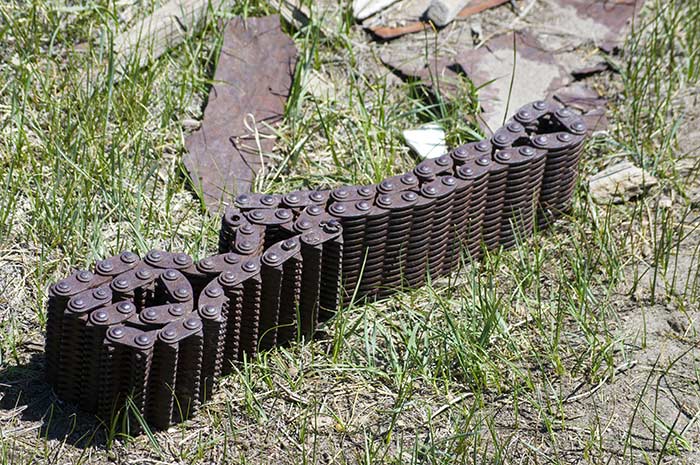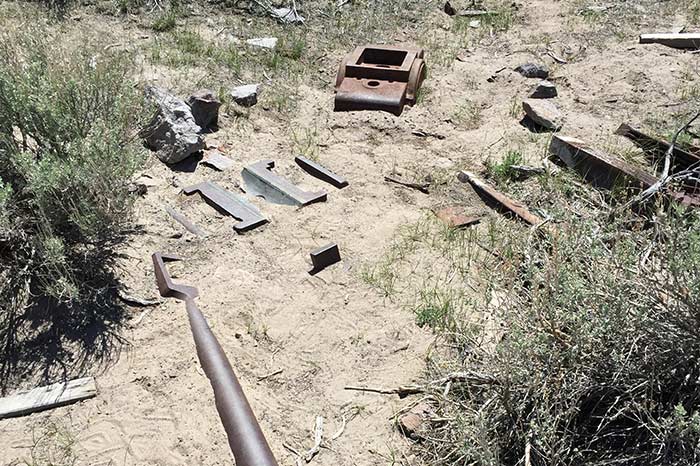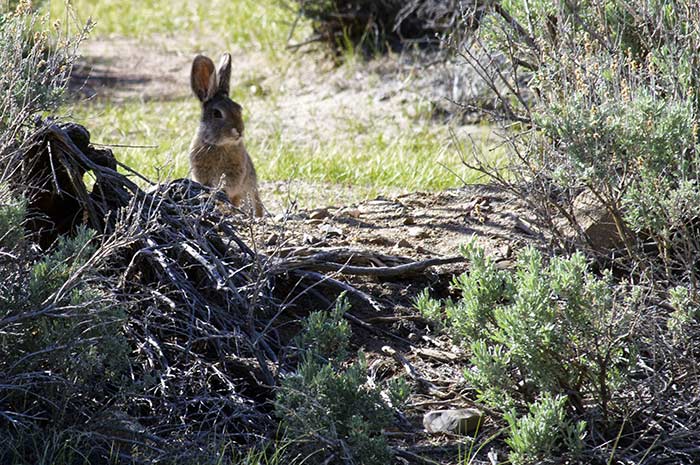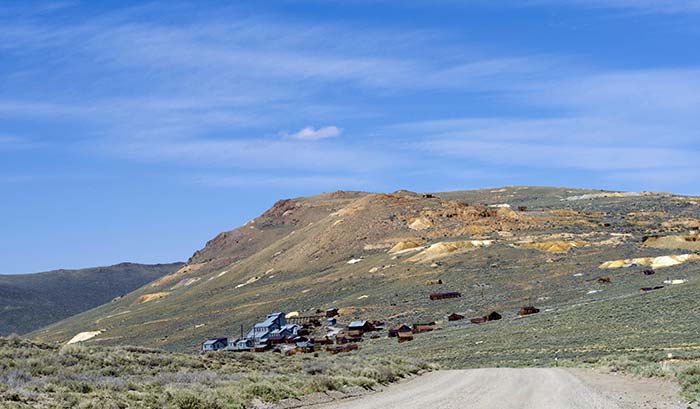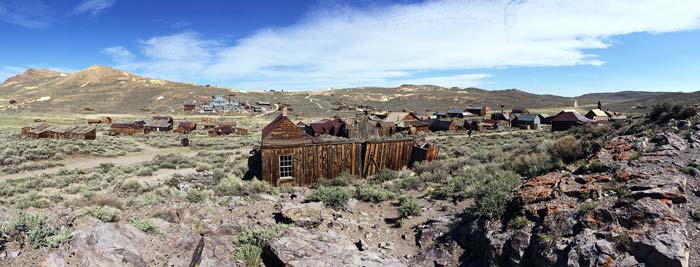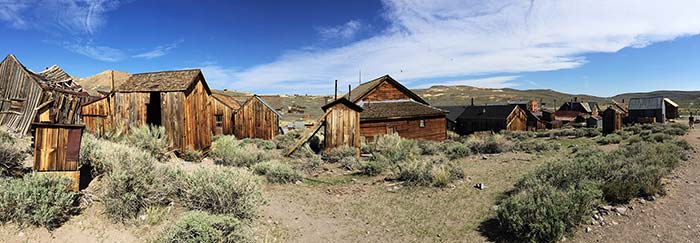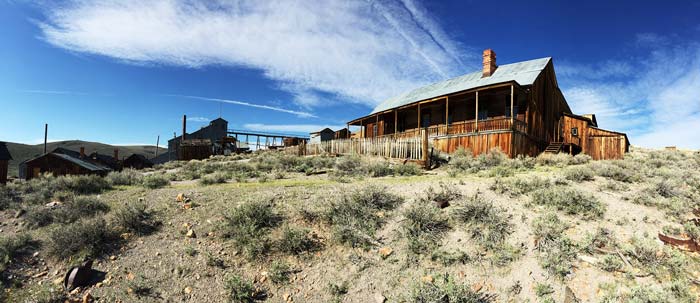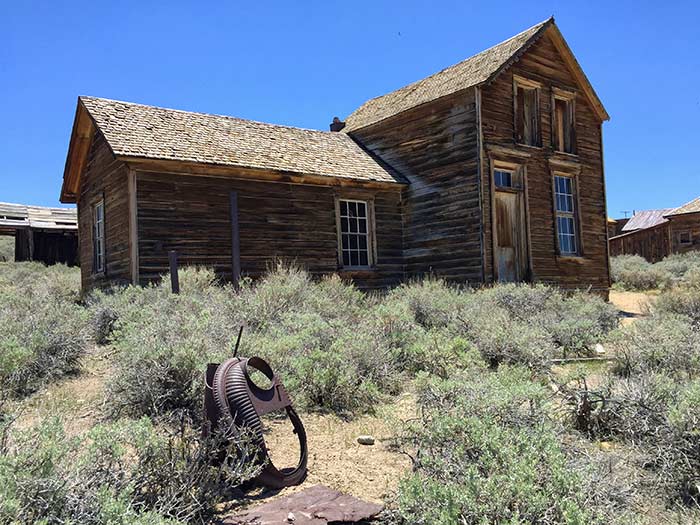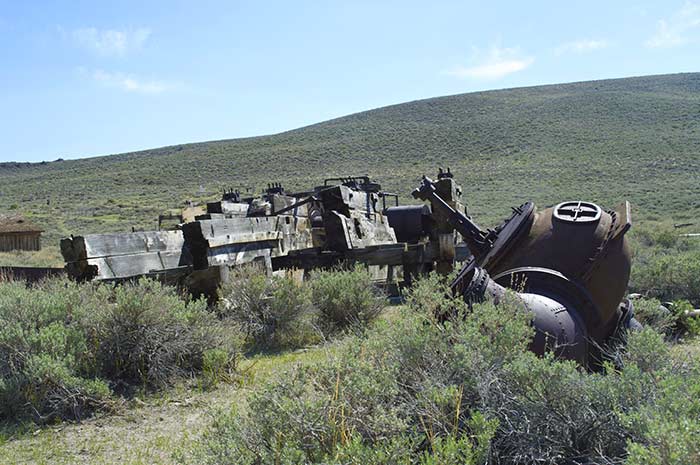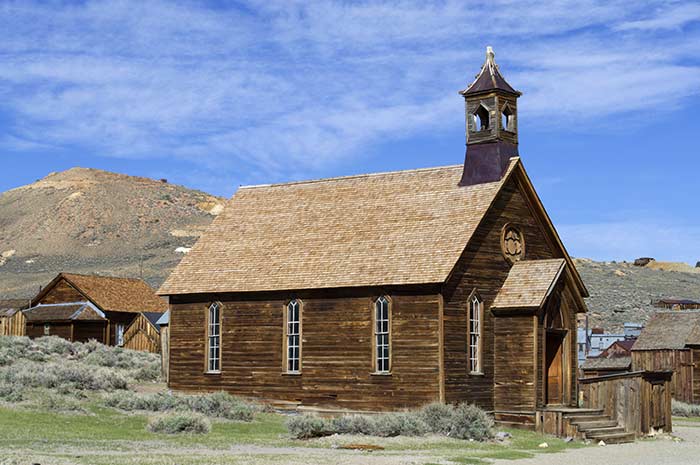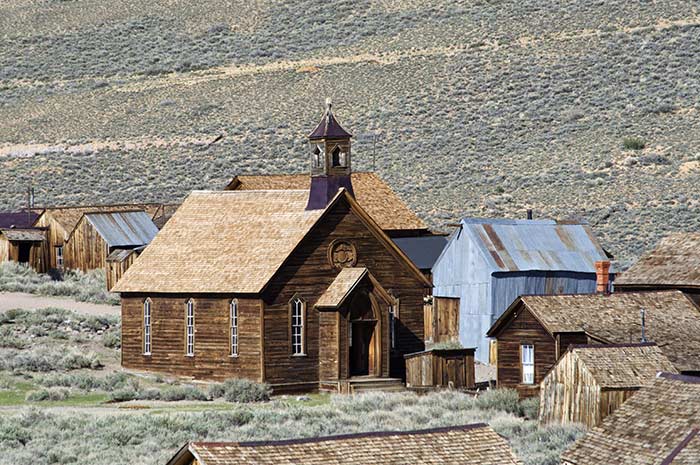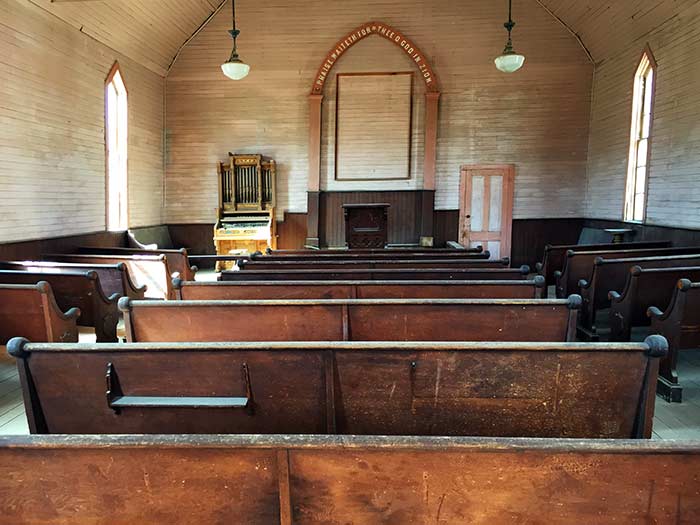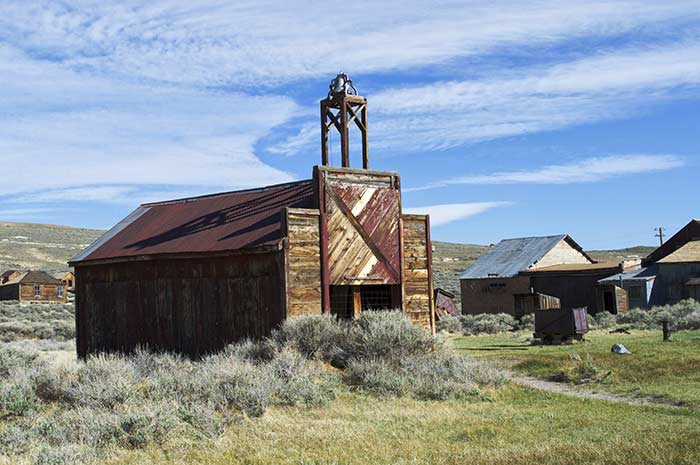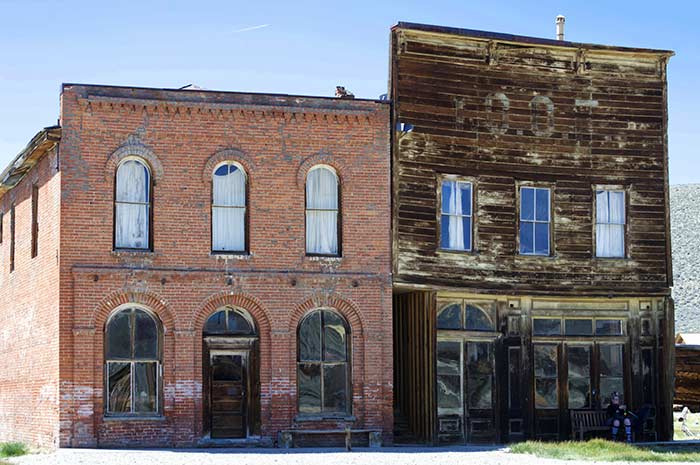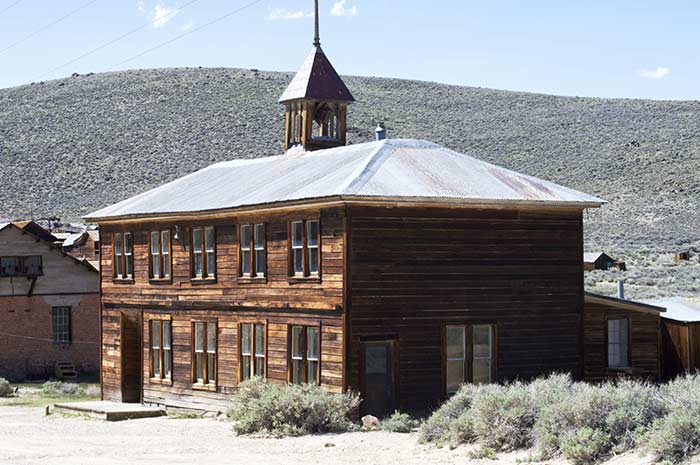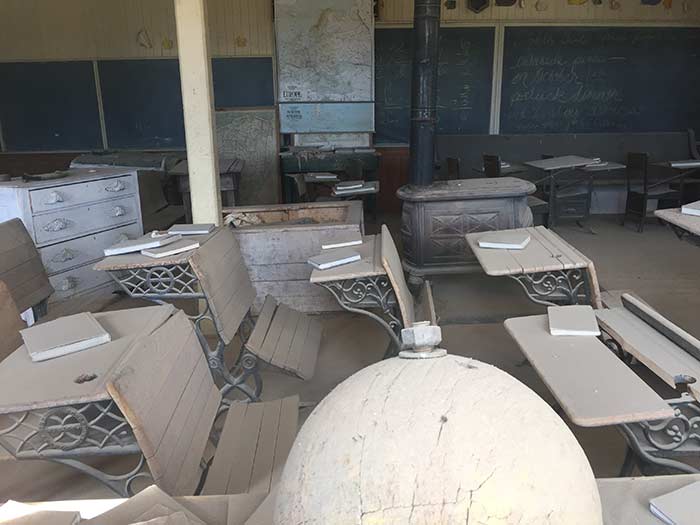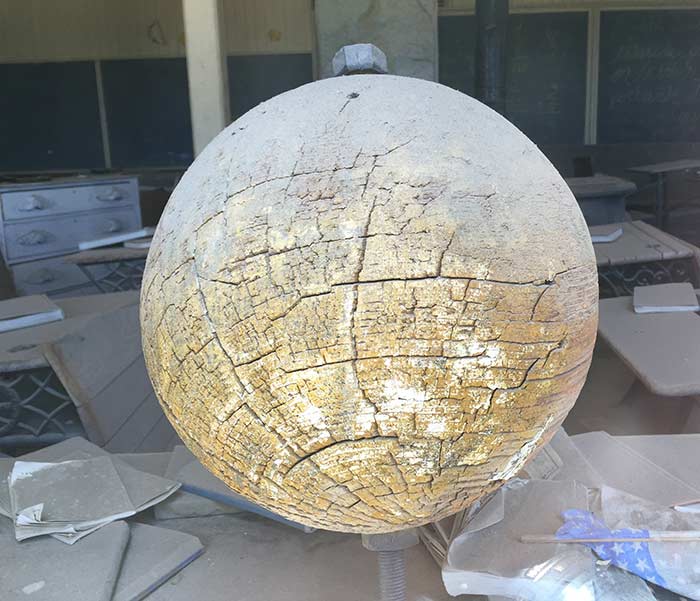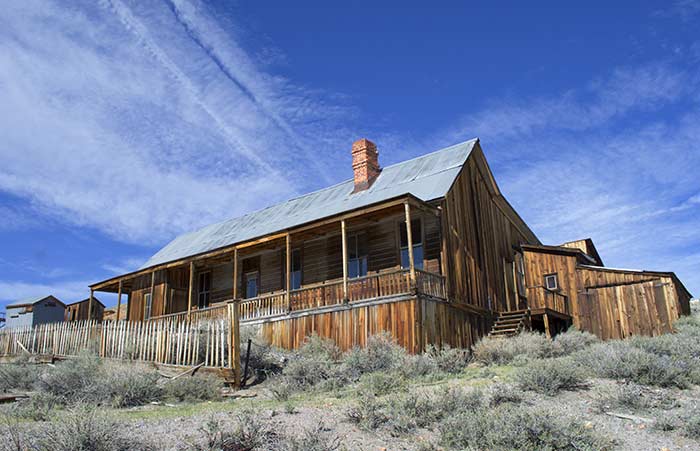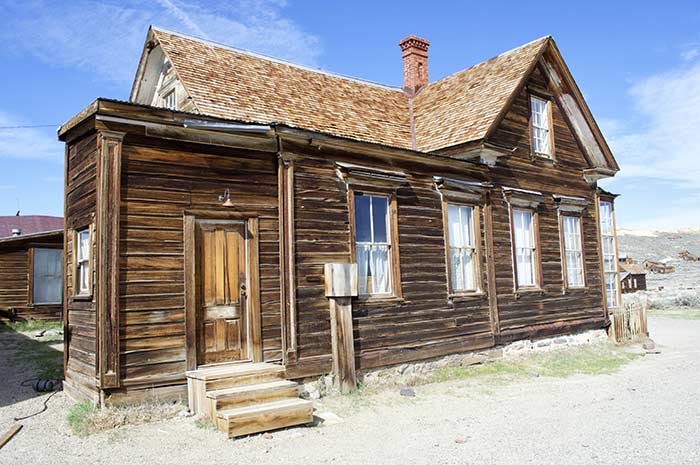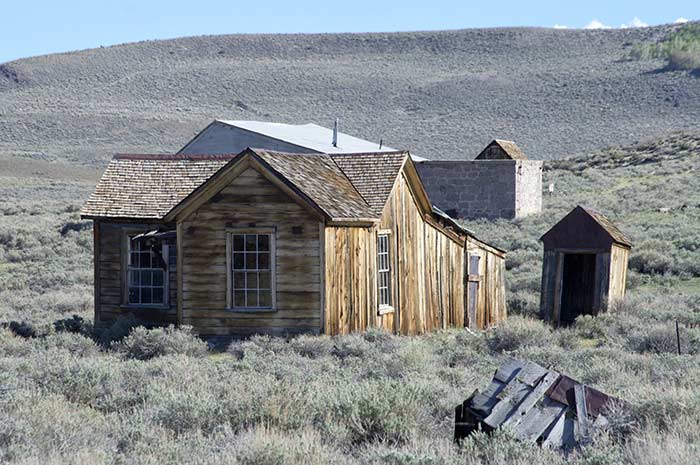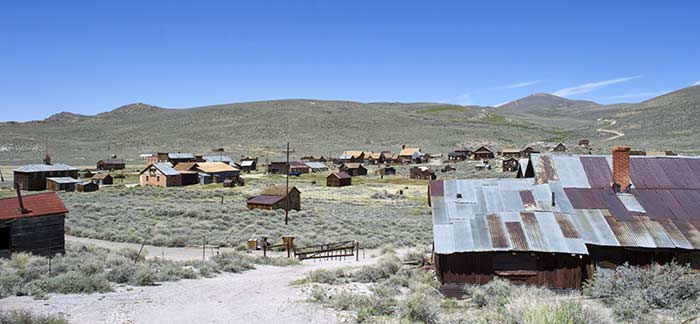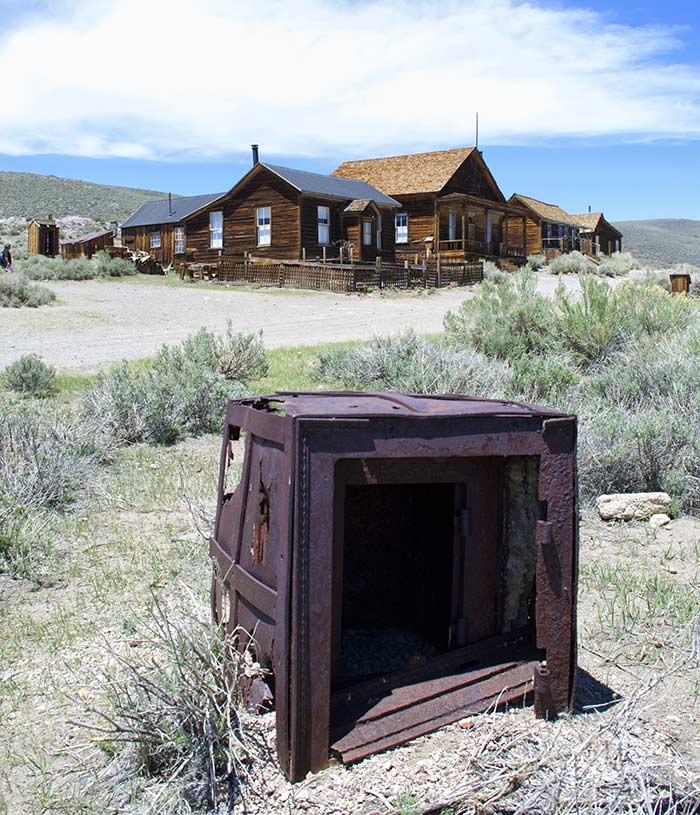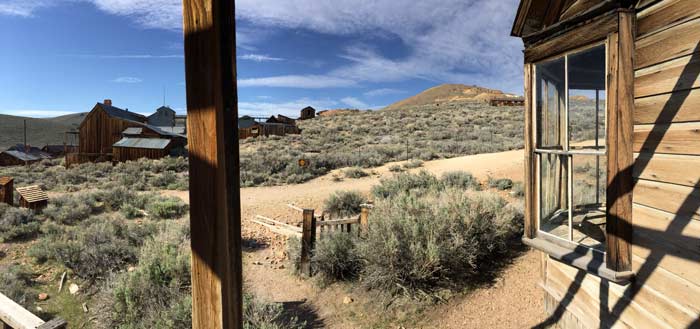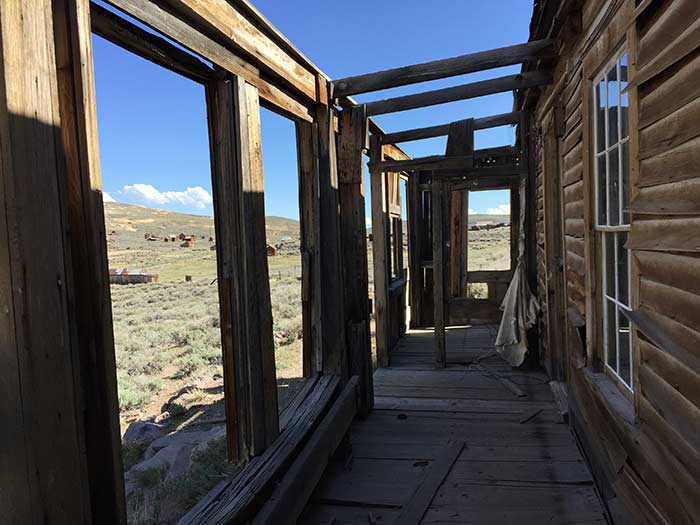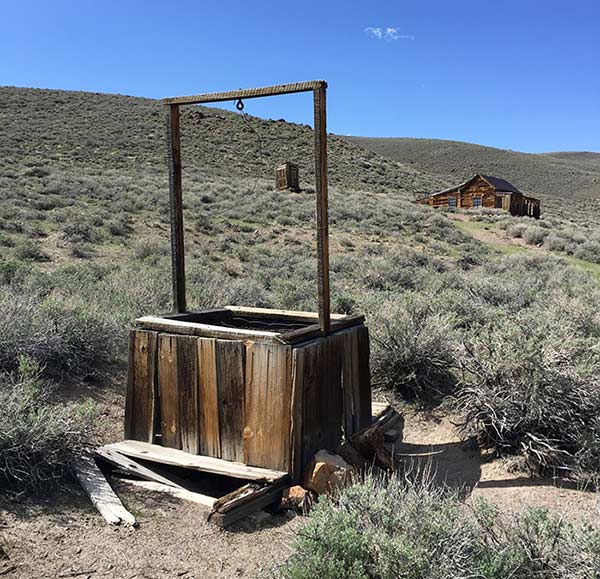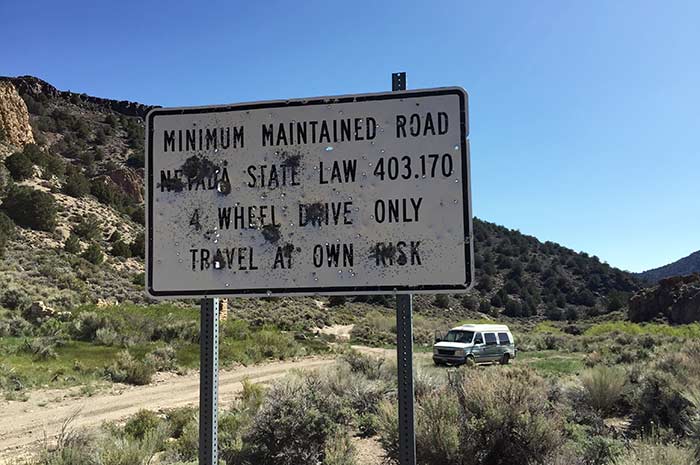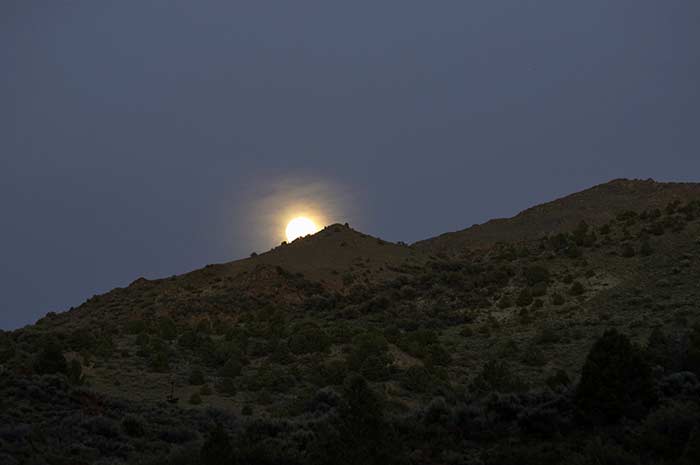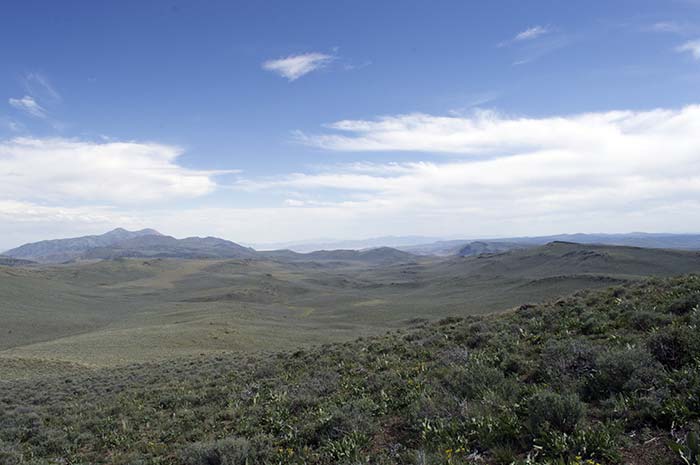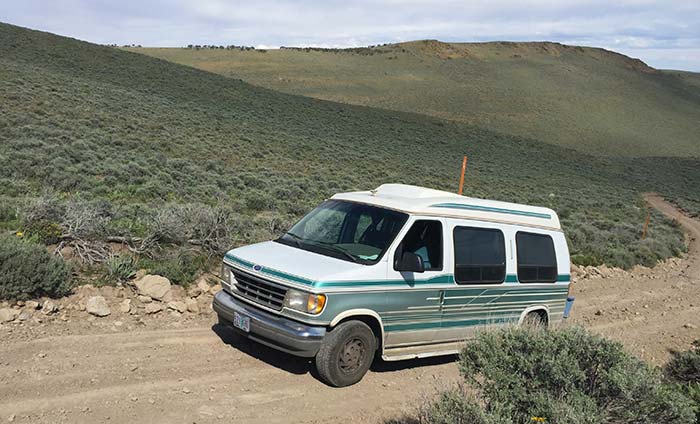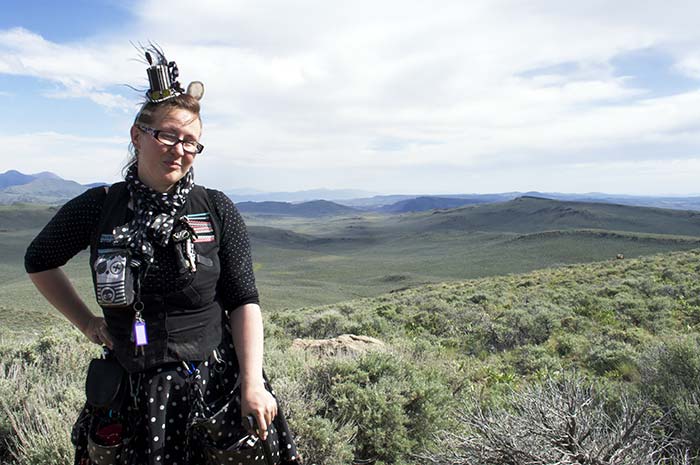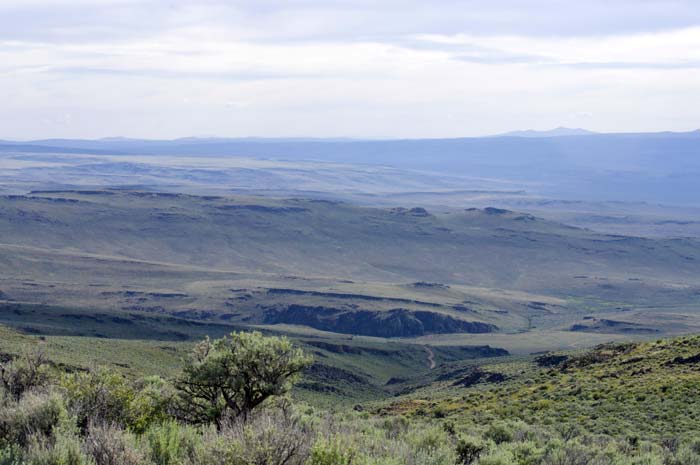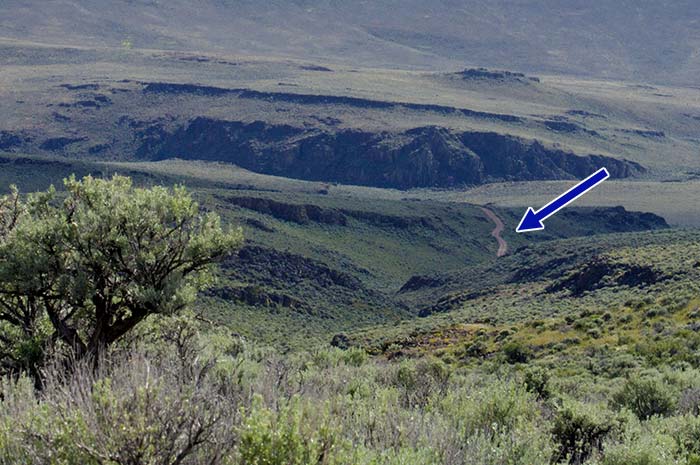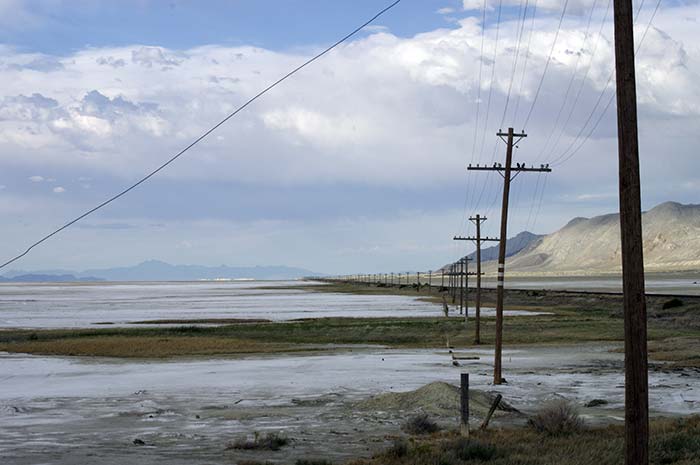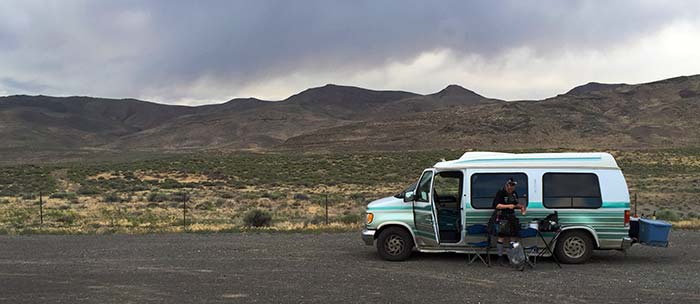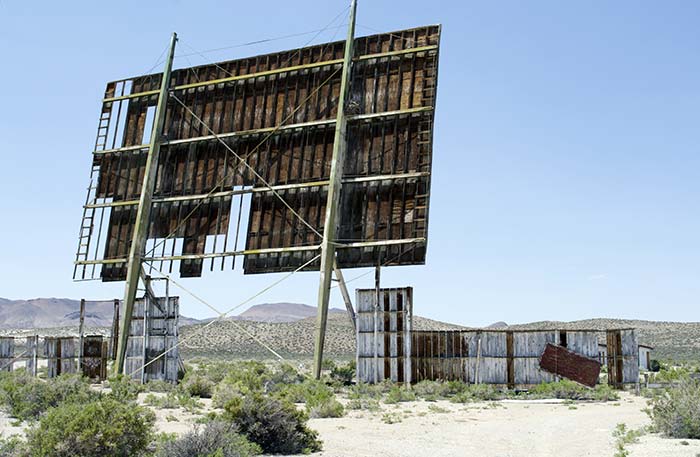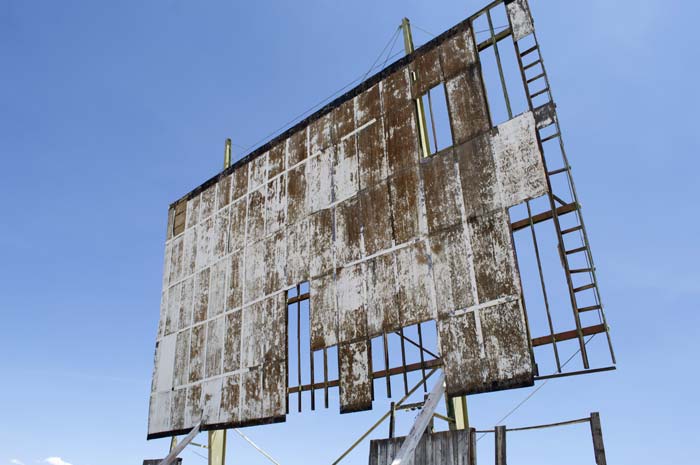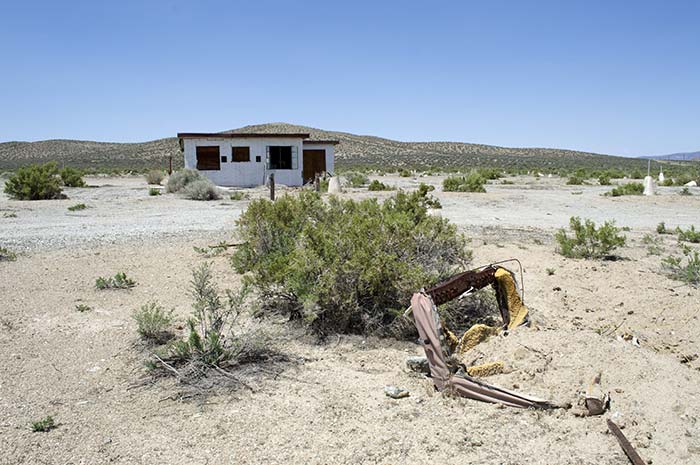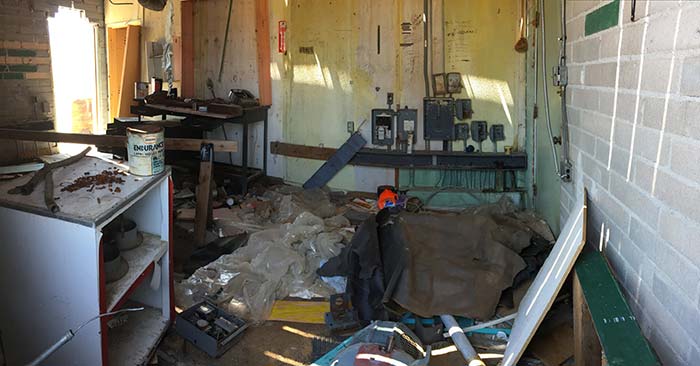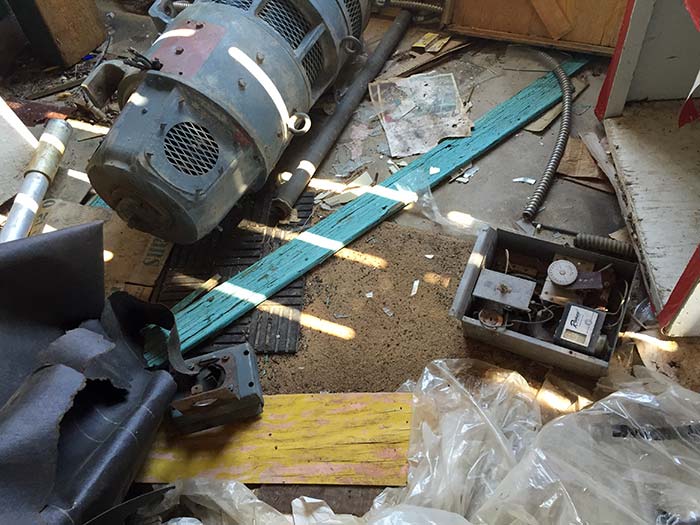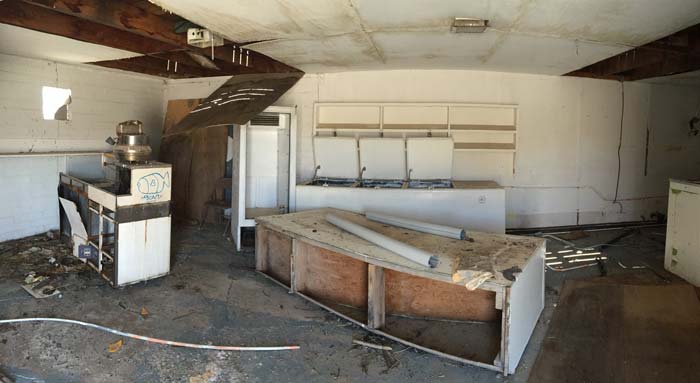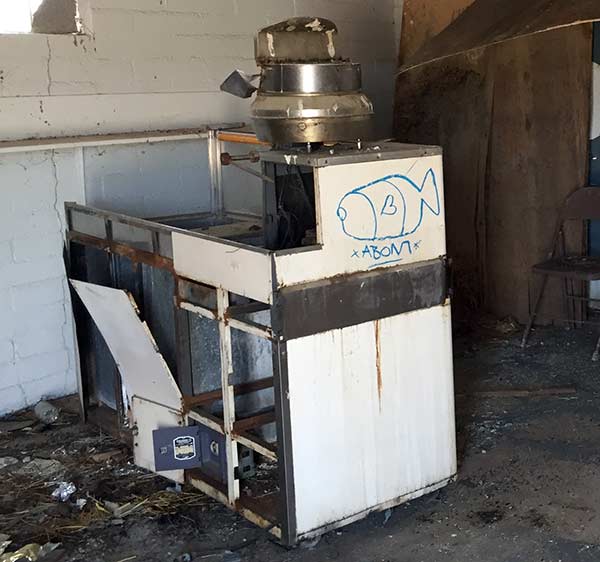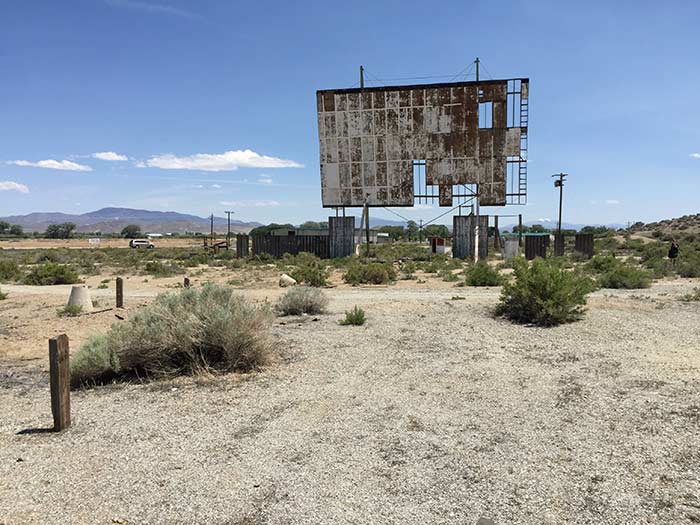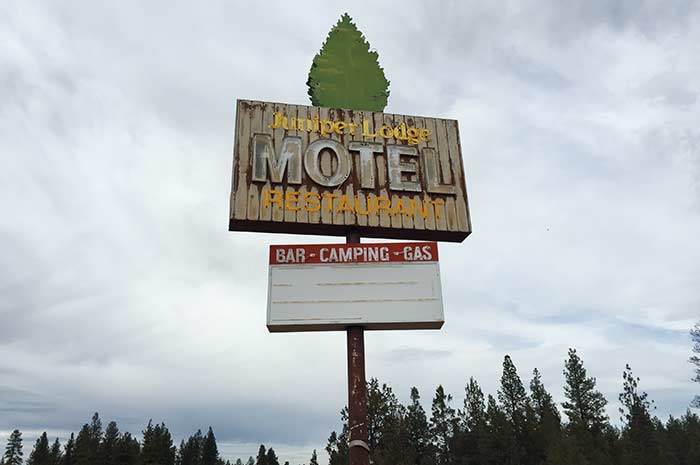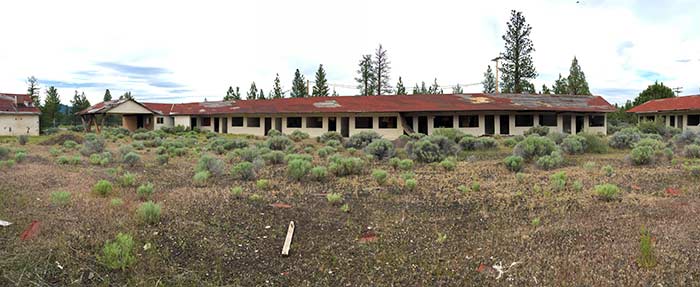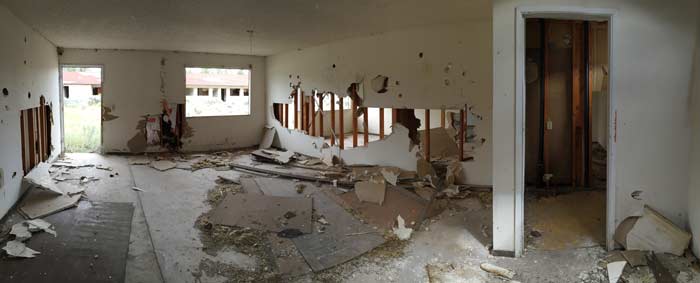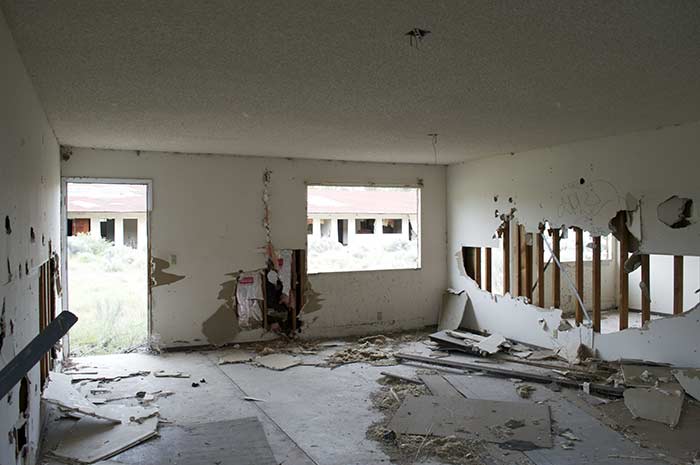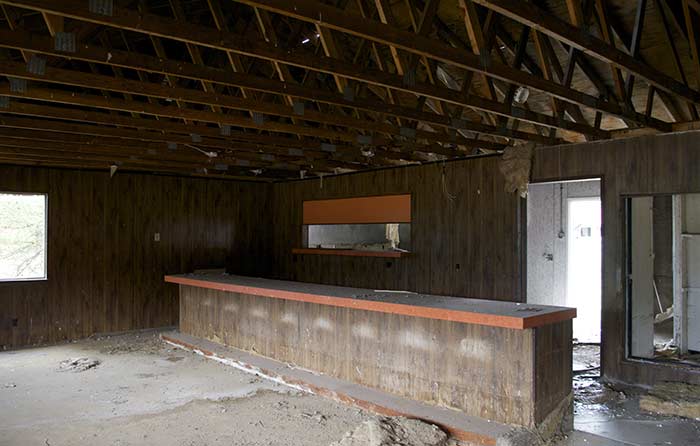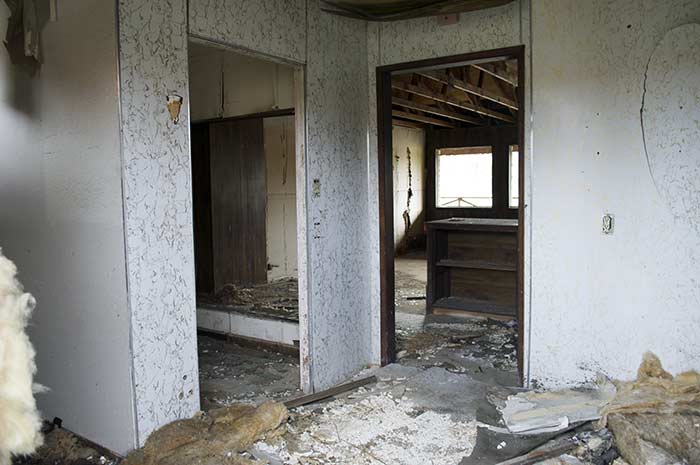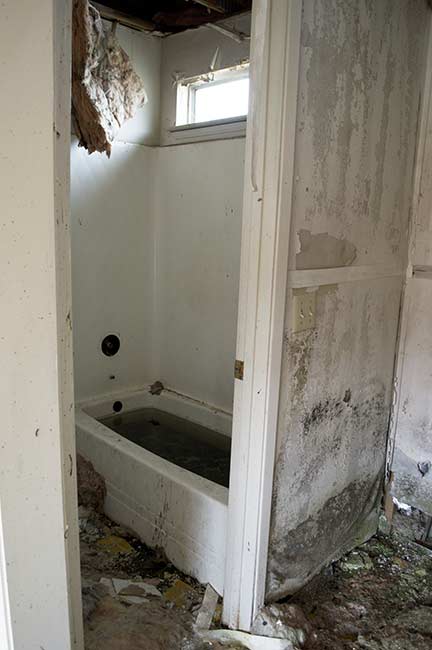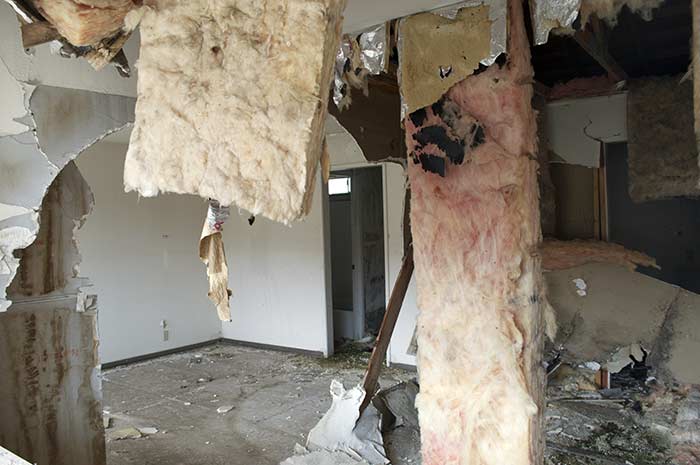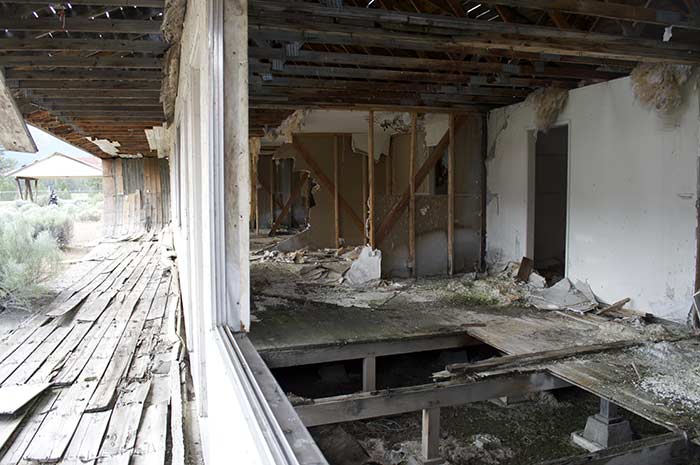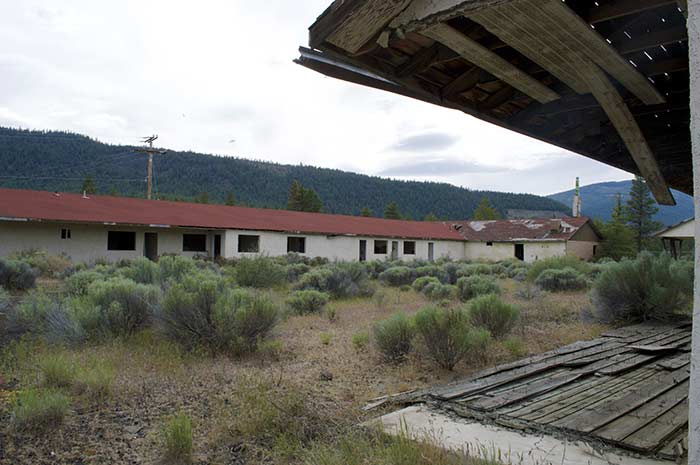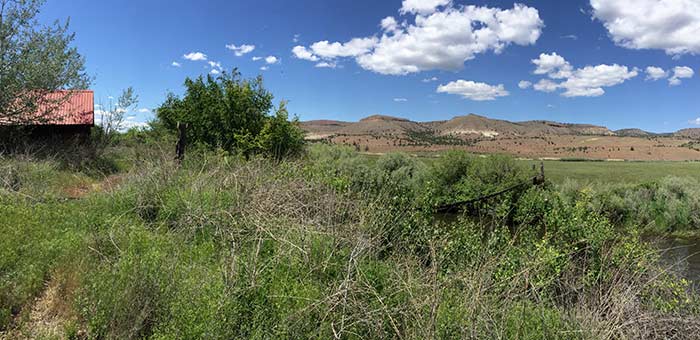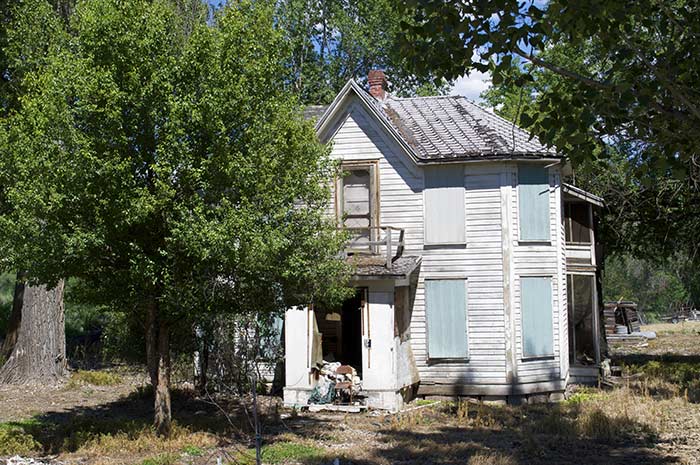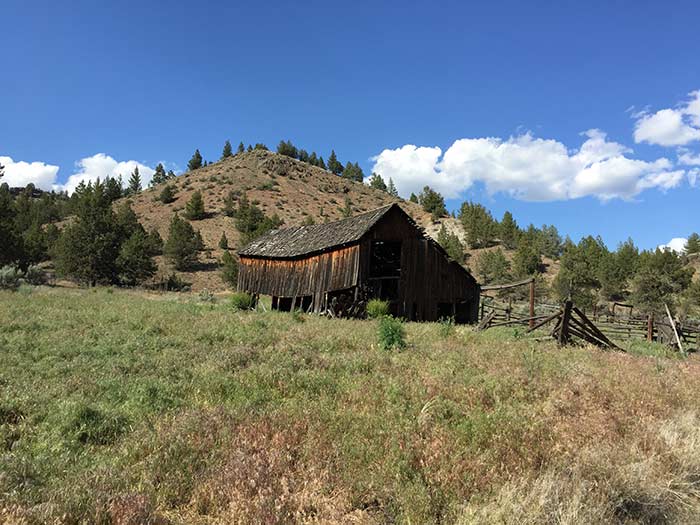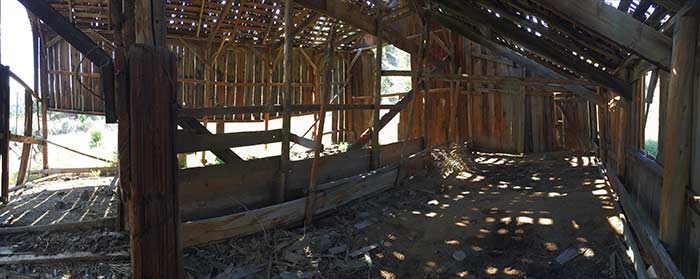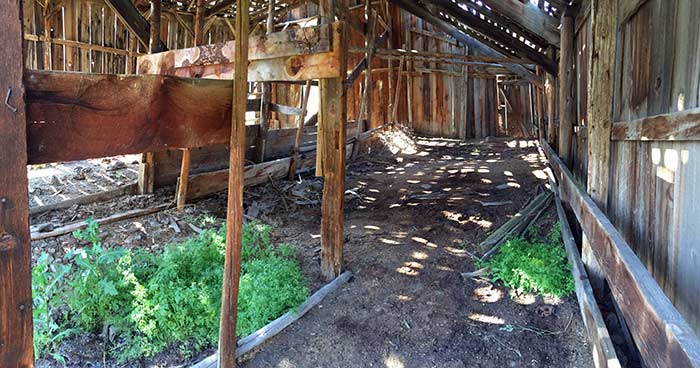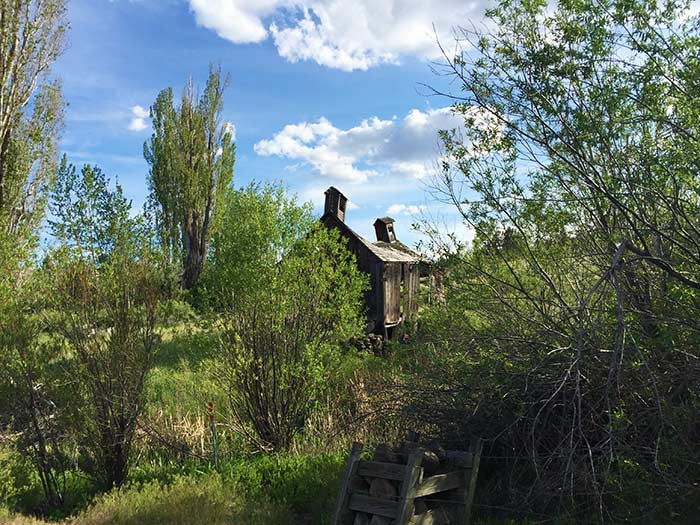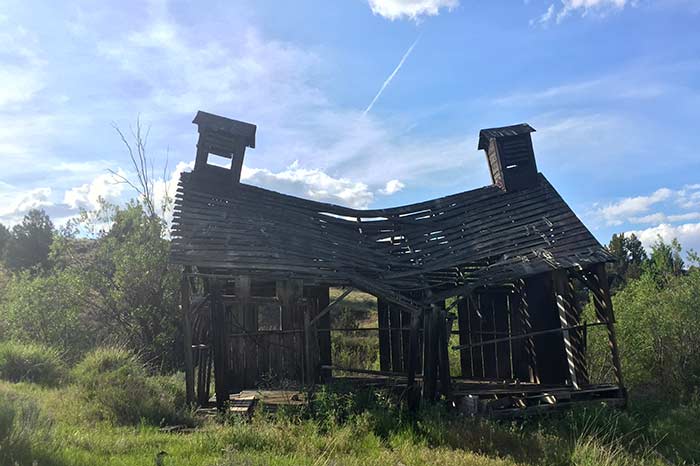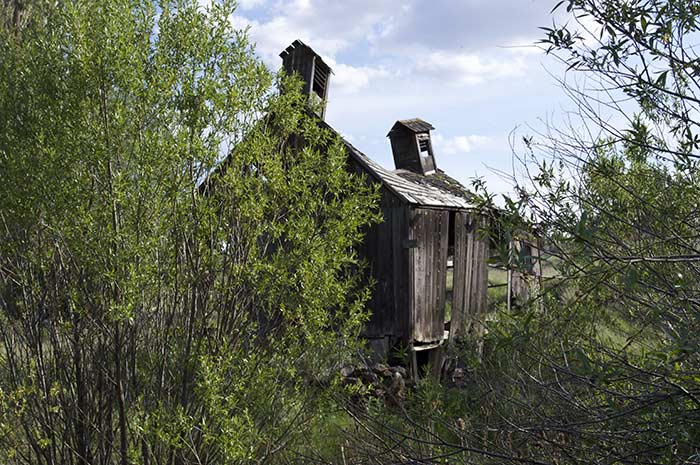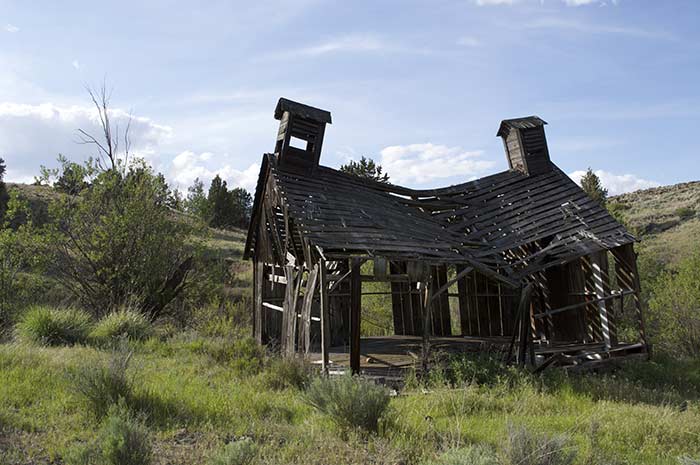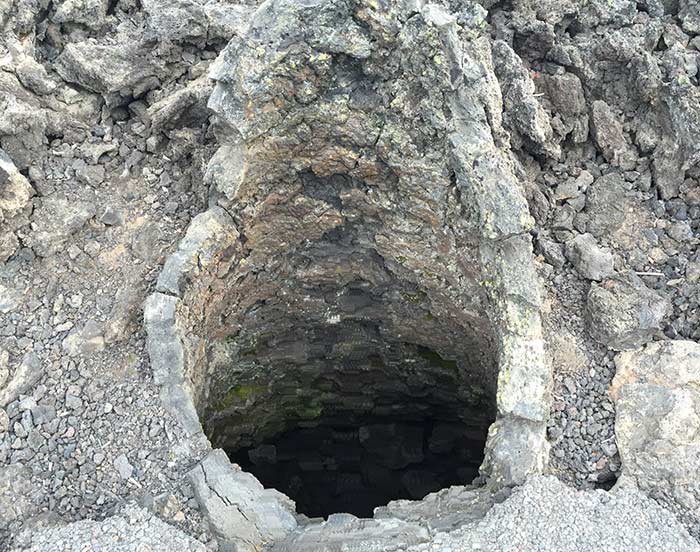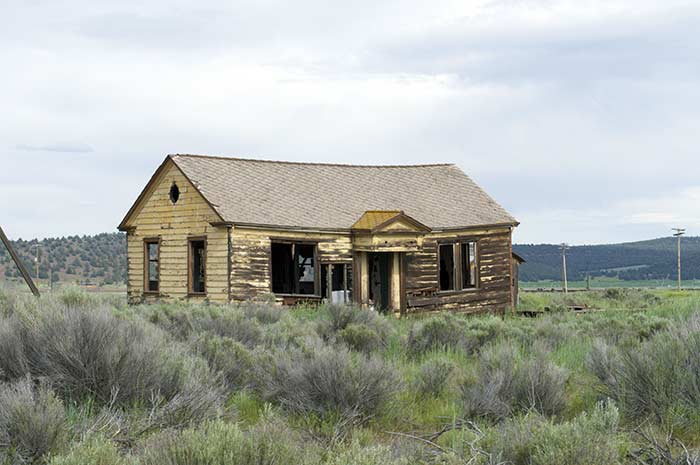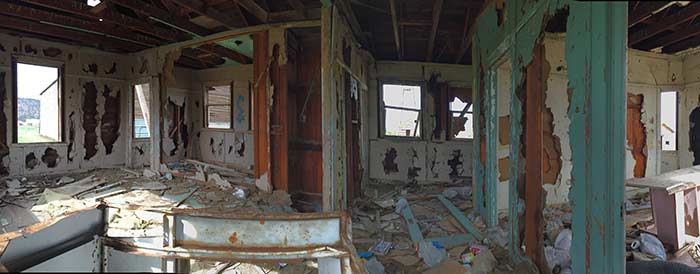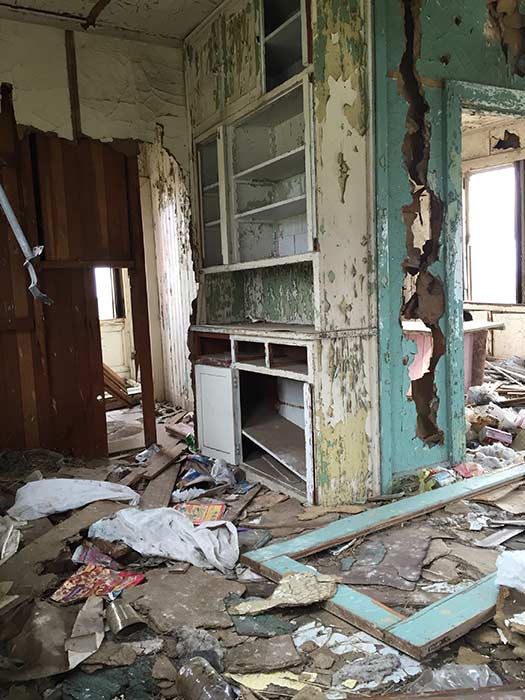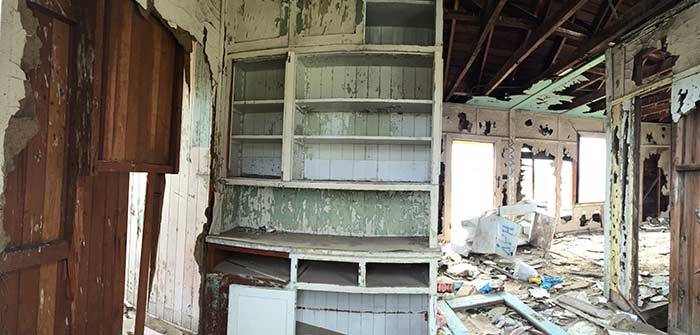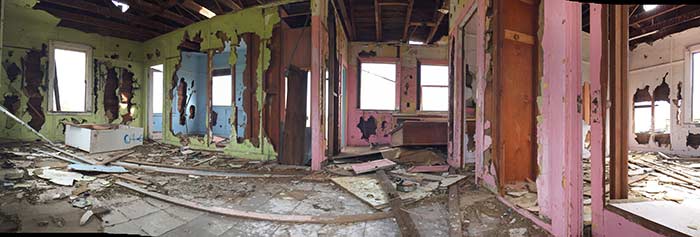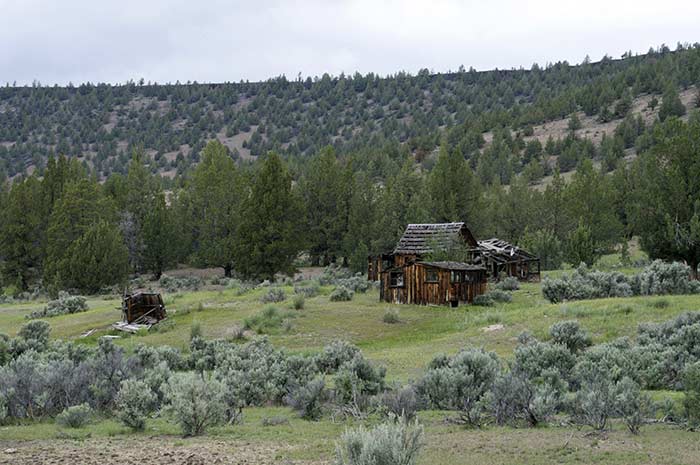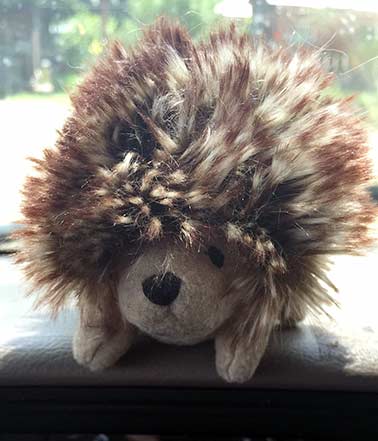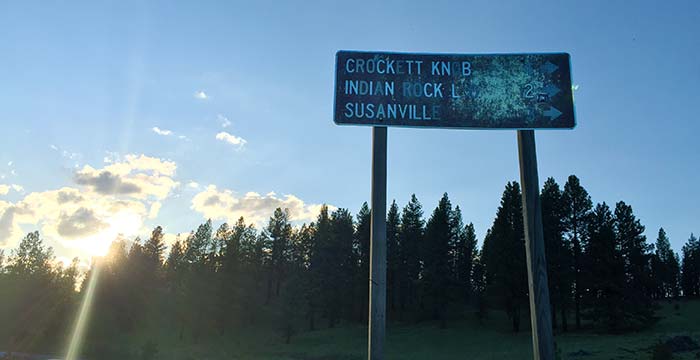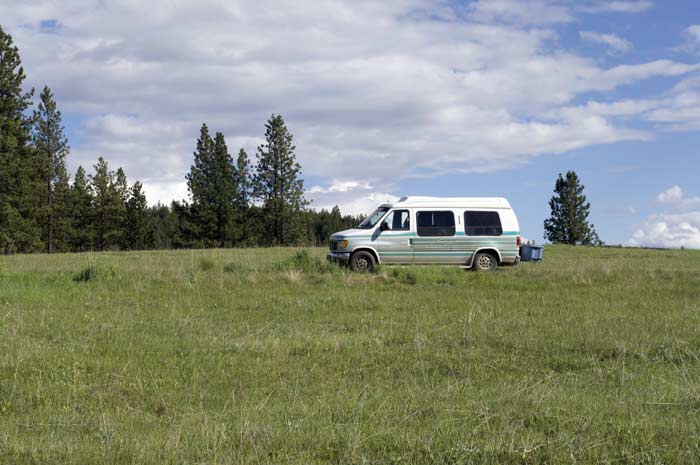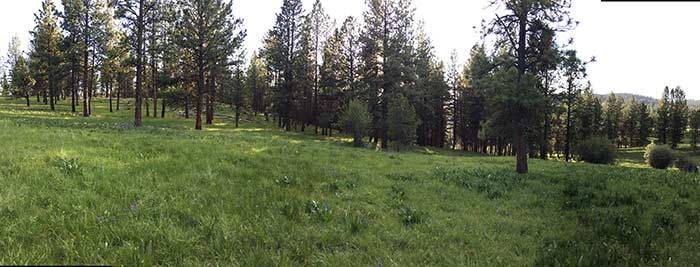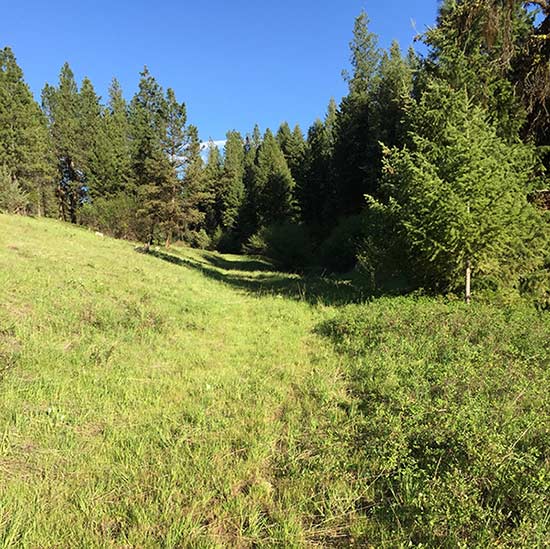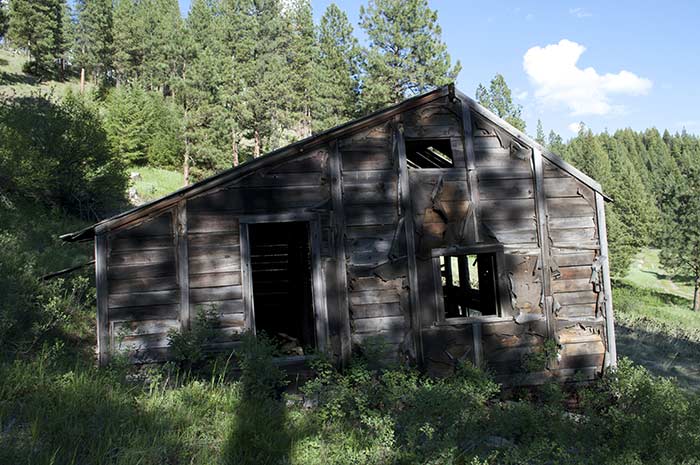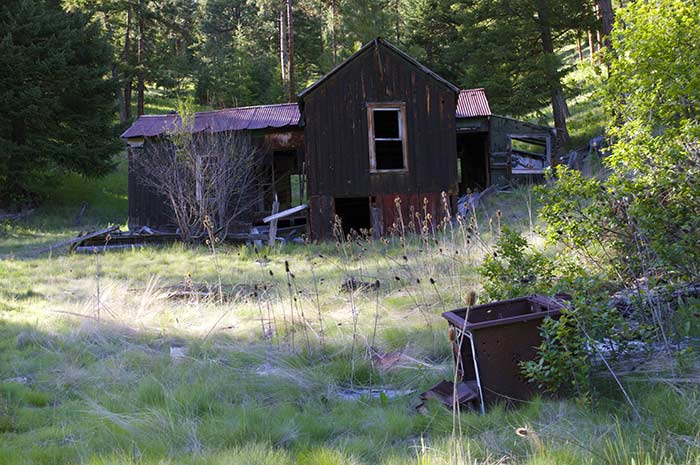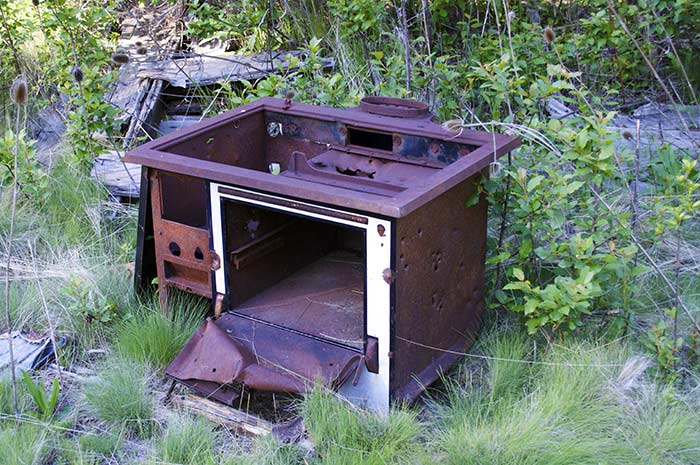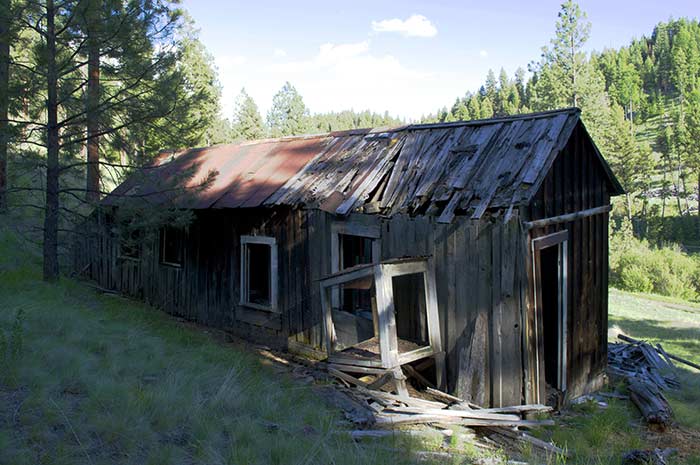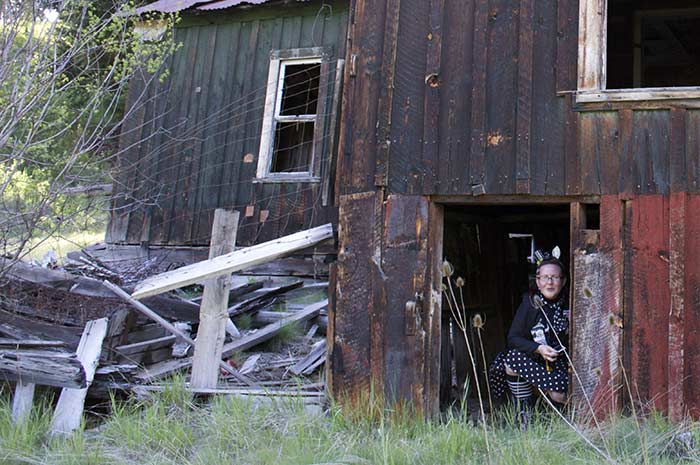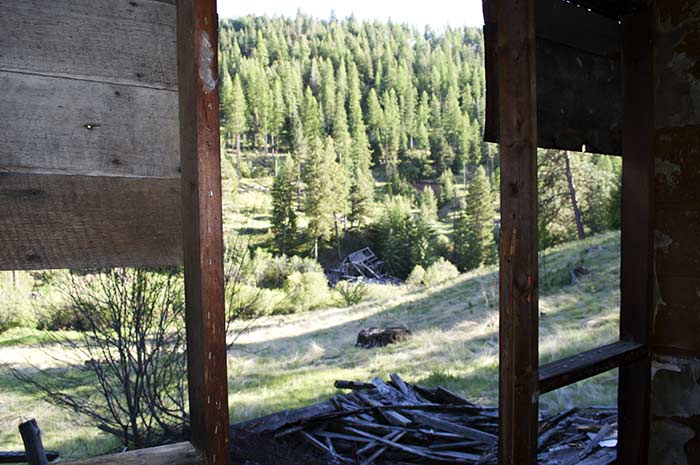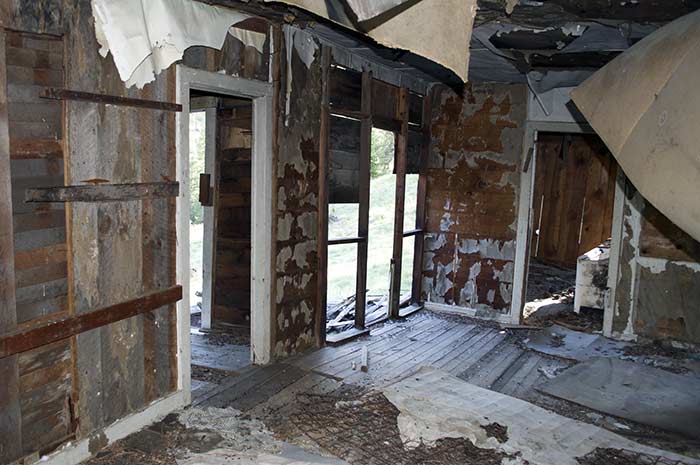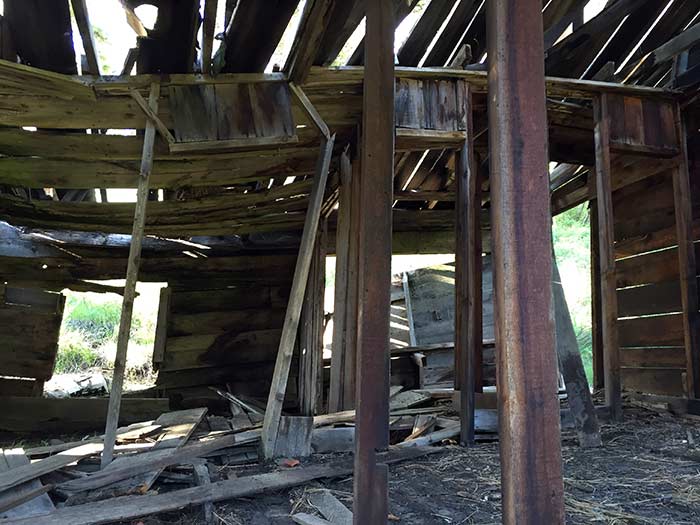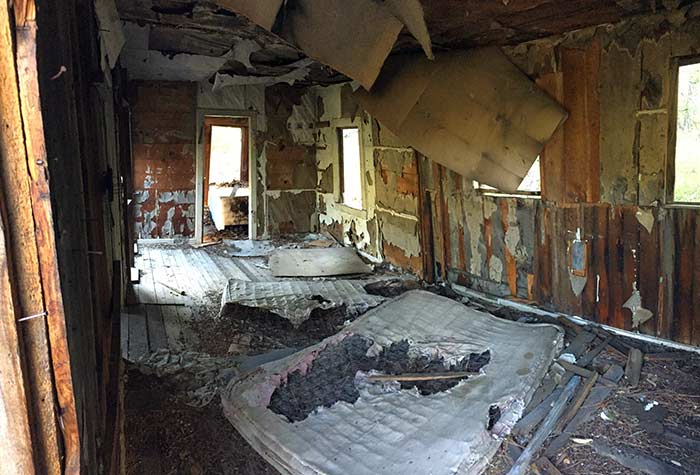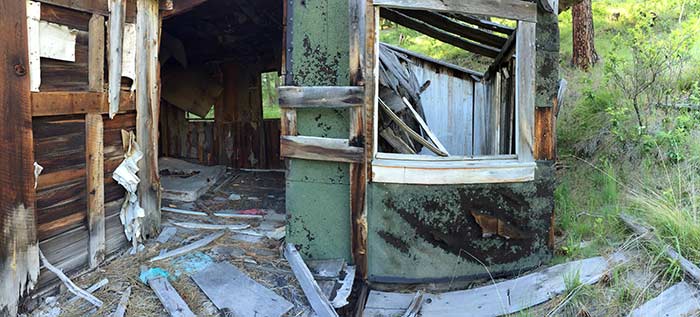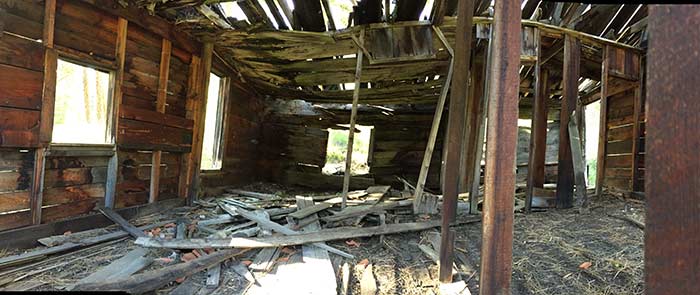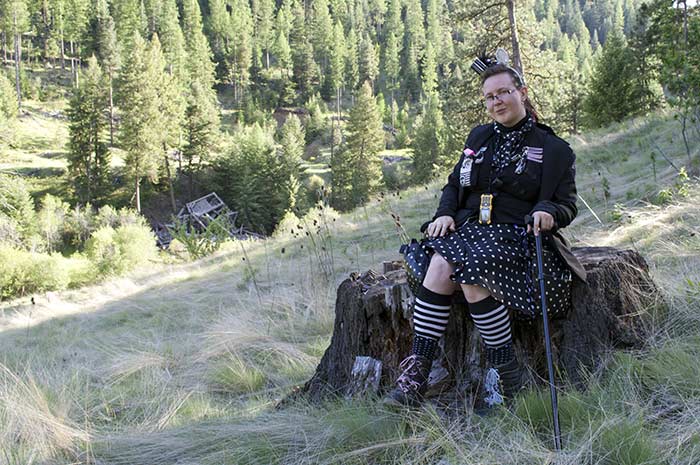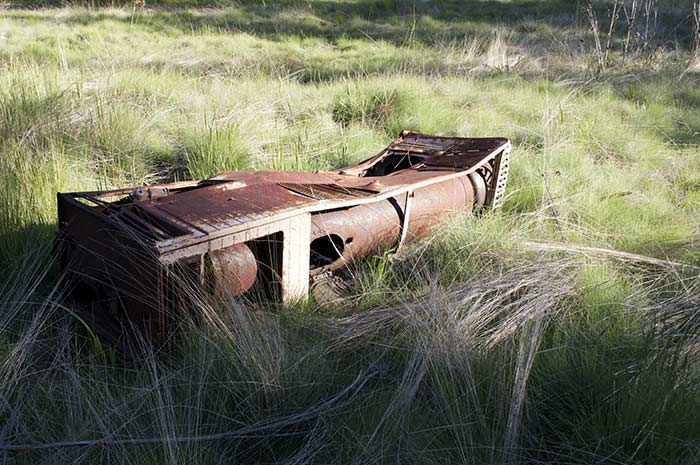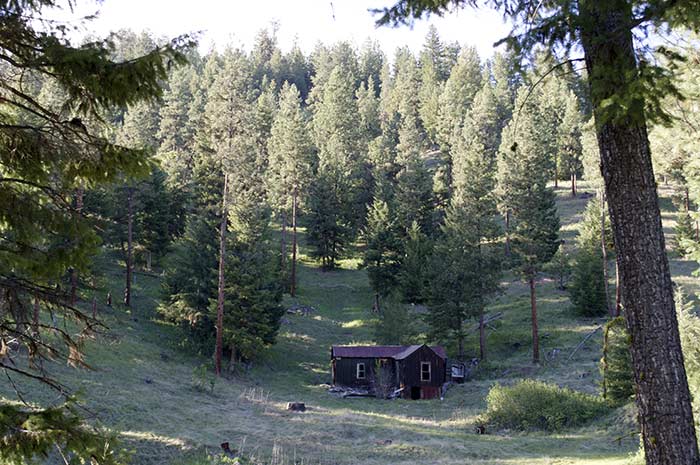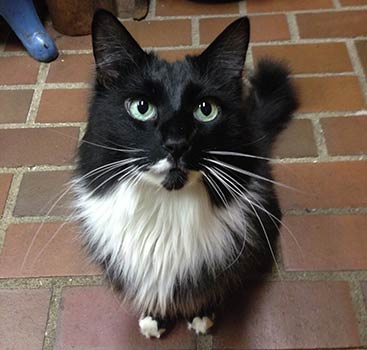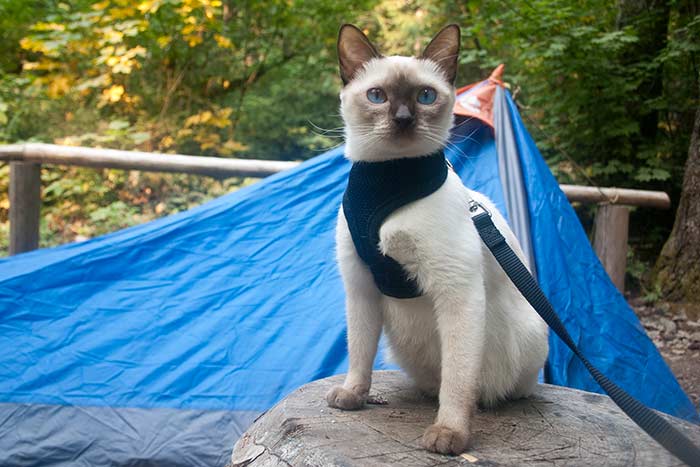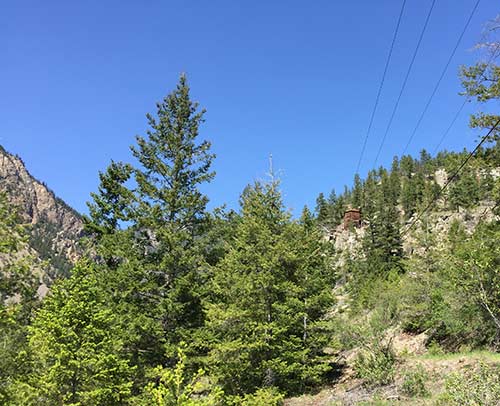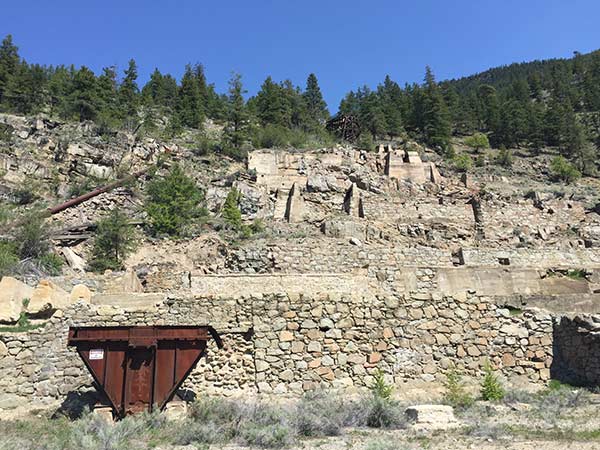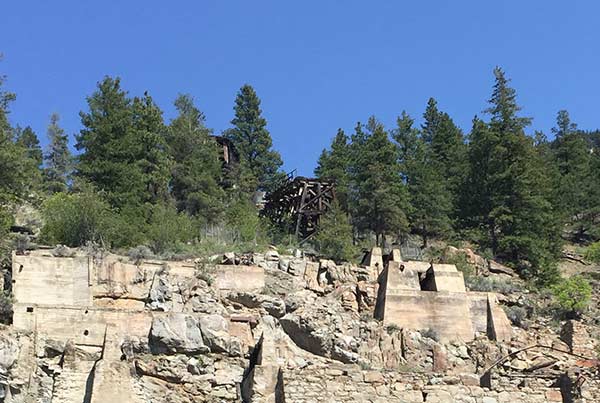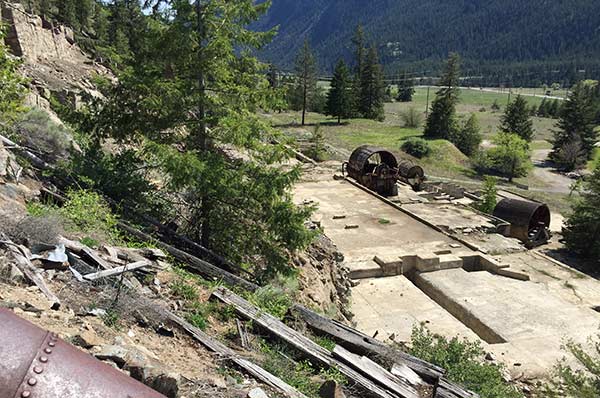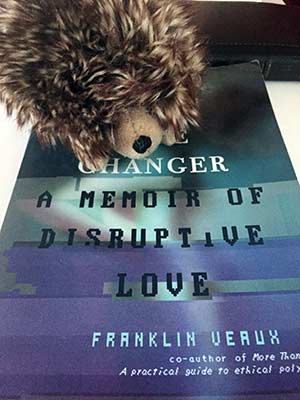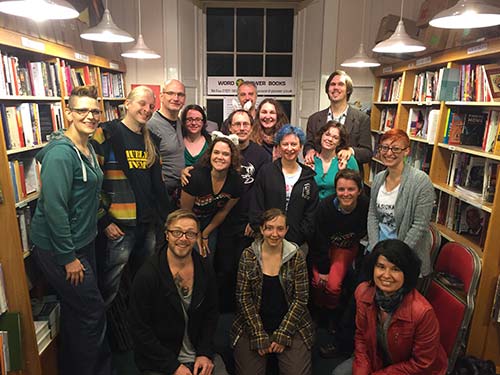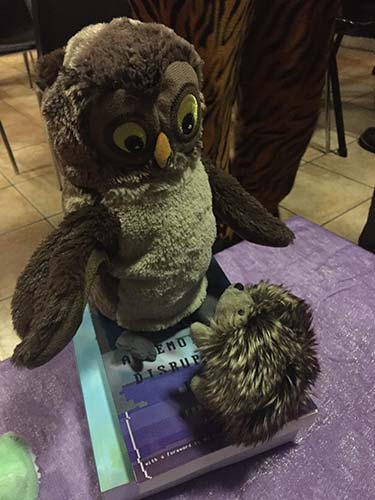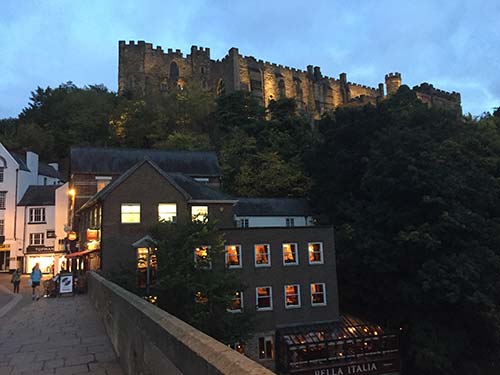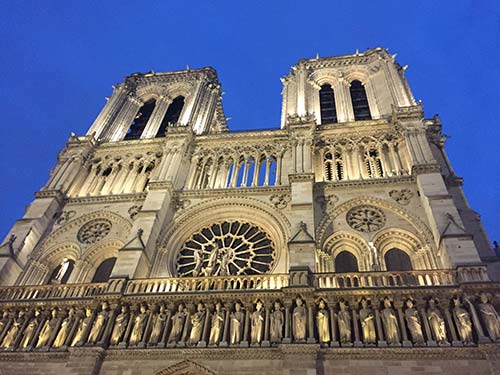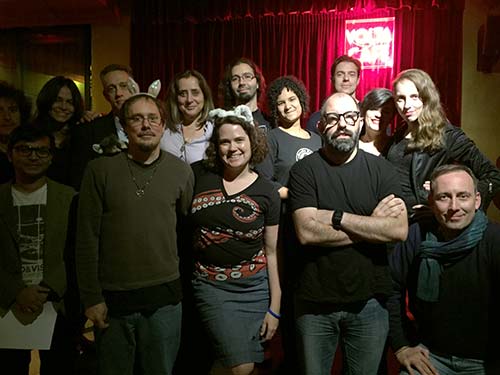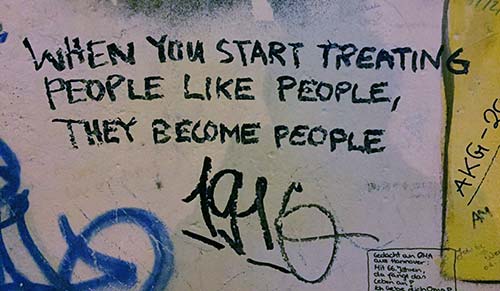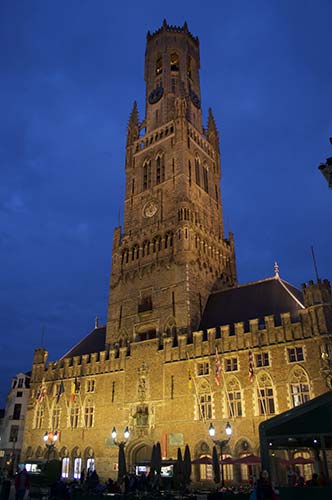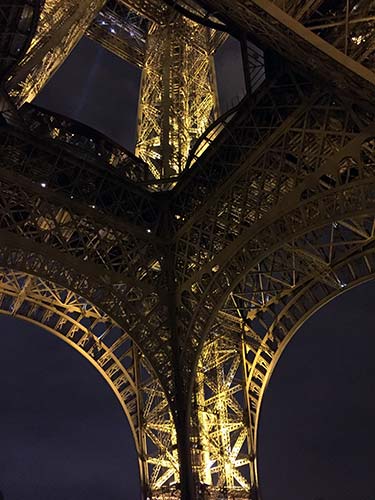Here we are, nearly two weeks into 2016, a land of promise filled with mistakes yet to be made and nascent errors still unhatched. It is customary, as the calendar ticks over from one arbitrary designation to the next, to look back upon the road traveled and ask questions like “what the hell was that?” and “how in the name of God did I get here?”
In the spirit of that tradition, allow me to take a moment to offer a retrospective of 2015, a year that can well and truly fuck right off.
To be fair, it wasn’t all bad. Indeed, many parts of the year, taken on their own, were quite joyful. To help separate the good from the bad, I will be using a thumbs up icon for the bits I liked and a red X for the bits I didn’t, because I’m told clarity in communication is a virtue.
In matters such as this, it is difficult for any of us not to be an unreliable narrator. We are, after all, only imperfectly aware of how others see the world, and even of how others perceive the events in which we take part. That said, I will endeavor to be as objective as I can about the massive suck that made up an unfortunately disproportionate part of the year now past, and to polish what nuggets of win I can find amid the rubble.
 Mechanical Difficulties
Mechanical Difficulties
The year started with replacing the engine in Zaiah’s car, a four thousand dollar expense necessitated when
Jiffy Lube installed a defective oil filter and then refused responsibility for the error, causing catastrophic destruction of the engine. Always a nice way to start the year. Lesson learned: Jiffy Lube is not a place where one should do business. This turned out to be a theme; hang onto the thought, I’ll get back to it.
In the meantime…
 Seclusion and Murder
Seclusion and Murder
2015 (woe be unto it) started on a good note. I spent some time in the same remote wilderness cabin where we wrote
More Than Two. It’s a lovely place, far from…everything, really. It’s a lovely place with a lovely (if murderous) cat and a great way to spend the first days of a new year filled with promise and the hope of a bright new future. And the murder of small furry animals by an adorable feline, but you have to take the bad with the good, or so they say.
 Carelessness of the heart
Carelessness of the heart
I spoke at a poly conference, which was a lot of fun save for the fact that I met a delightful woman whose interest, initially quite mutual, I feel I handled poorly. I was not appropriately cautious and became aware of significant incompatibilities too late to avoid hurting both of us unnecessarily.
So, yeah, lesson learned. Mindfulness at all times in all interactions with other people? It’s a thing I need to do.
This was also when I began to fully grasp the weird–and often dangerous–ways that the one-sided intimacy inherent in being a writer and speaker who offers up bits of one’s inner life for public consumption can distort human interactions, especially with new acquaintances. Another lesson learned: Flirting with fans is a dangerous game, and is a risk I’m no longer willing to take on myself or expose others to.
 Bionic penises
Bionic penises
The next few months of 2015 were relatively calm and reasonably normal, at least for those values of “normal” as one might expect. Hmm. Normal. There’s a word I use only cautiously, and perhaps should consider striking from my vocabulary altogether, except insofar as it has a negation in front of it…but I digress.
The first third of the year was all about bionic cock. I got serious about launching a business to investigate producing the dildo that provides sensory feedback to the wearer. I enrolled in a business accelerator competition that brought us together with investors and mentors and taught both of us how to say “penis” in a room full of people without blushing–a valuable business skill, it must be said, if one’s aim is to develop a bionic penis.
Penis, penis, penis. See? Hardly a twitch.
It turns out that business accelerators are a lot of work. We did market research about penises. We built business plans around penises, and had our penis business plans examined, dissected, critiqued, and torn into teeny tiny shreds by a procession of investors and business leaders. We built value chains focused on penises. We constructed penis value propositions for penis market segments of folks who want to know what having a penis feels like. I’ve run my own business since about 2001 and I learned more about how to run a business between February and May of last year than in the ten years before.
 Sick kitties
Sick kitties
My cat Kyla has never been terribly healthy. Shortly after she adopted me and declared me hers, when she was still a very young kitten, she got a respiratory infection that nearly killed her. I spent long nights awake with her, holding her and rubbing her chest, and she eventually recovered.
While I was away in Canadia-land dodging Kurgan raiders, she got sick again and very nearly died.
Well, technically speaking, she did die. Twice. She stopped breathing, and Zaiah brought her back with kitty CPR.
She’s a fighter, Kyla is, and she really, really likes being alive. Kinda like I do. She got through it with minor damage to her balance that seems to be permanent, but she did bounce back. So I suppose on the whole that’s good, or at least better than the alternative, but it’s bad it happened.
 Indiana Jones Goes to a Swinger’s Conference
Indiana Jones Goes to a Swinger’s Conference
2015 was the year I started getting more speaking conventions than we could hope to say yes to. One of those invitations was a swinger’s convention in Canada that wanted us to talk about ways to do non-monogamy beyond swinging.
Swingers have a problem. Since at least WWII, swinging has been the go-to style of non-monogamy for people outside the leather scene. But now it’s getting harder and harder for swing clubs to find new members, what with Millennials growing up witht he idea that polyamory and other styles of non-monogamy are just options among the many out there and TV shows about polyamory and all. You don’t need the structure and safety of a swinger’s group when non-monogamy just isn’t that big a deal.
So we said yes, hopped into a rented car, and were on our way.
We were driving along the Crowsnest Highway (insert appropriate Scottish joke about taking the crow road here) when from out the window of the car I spied with my little eye something beginning with “ooh, look, pull over, that looks like the ruins of an old mine shaft up there!”
Eve, familiar in the years we’ve been together with my many and varied eccentricities and often given to indulging me, pulled over. We looked at the mine entrance, a few hundred feet up the side of a slope.
“Think we can get up there?” I said.
“Sure,” she said.
So we started the scramble up. We climbed up an embankment, past a row of trees, up over another embankment, and..whoa. Serious Indiana Jones moment.
The detour cost us several hours, dirt all over our clothes, and more than a fair bit of hard physical labor, but man, was it worth it.
 Have a nice trip!
Have a nice trip!
I have long been something of a straight arrow when it comes to the many pleasures of chemical mind alteration.
I know, I know, hard to believe, what with me being an Internet sex gargoyle and all, but until I was in my late 40s I never once experimented with any chemical alterant beyond alcohol. I didn’t try any recreational drugs at all until I was 46, when I experimented with hallucinogenic mushrooms–an altogether positive experience, and one I’ve been thinking about writing about for a while. I didn’t even drink ’til fairly late in the game.
We arrived at the swinger event considerably dustier than we had been, and were offered ecstasy by a person who apparently quite likes the experience of swinging while on E.
Now, as I mentioned, I’ve not dabbled far into the ocean of recreational biochemistry, and in fact have barely gone so far as to build sand castles on the beach of recreational chemistry, the waters being not to my liking and even the sand being more coarse and gritty than is perhaps entirely pleasant, and the sun and sounds of the gulls are…where was I going with this metaphor? Anyway, I’ve never felt the siren song of pharmacologicals, but I will admit to a certain level of curiosity about ecstasy. So we accepted his offer.
Ecstasy is not an easy molecule to synthesize by any measure. It’s a complex, fiddly, two-day process that involves a lot of extremely close monitoring and very careful mucking about, and one of the waste products of a more popular synthesis pathway is elemental mercury. All of which means that what’s often claimed to be ecstasy in the dystopian nightmare that is the market for street drugs is anything but.
I’m still not 100% sure what it was we took. Google suggests it was methamphetamine, based on its color, consistency, and the absolutely miserable night we had.
 Ten carbons, fifteen hydrogens, one nitrogen, all the rage and hate of Lucifer after the Fall
Ten carbons, fifteen hydrogens, one nitrogen, all the rage and hate of Lucifer after the FallI want to impress upon you, Gentle Readers, exactly what “miserable night” means. To do this properly, I will wander off for a moment into a story about a bucket of chicken. When I had first met my former wife, she and I were kinda sorta in what kids today might call a “quad” with two close friends of mine, and we spent many a night doing things to make a bishop blush, often with a video camera. We got some bad chicken at a KFC one evening–salmonella, I believe the diagnosis was. My friend’s girlfriend and I spent about three continuous days on the bed together barfing our guts out more or less nonstop. It was a waterbed, see, so whenever she would start throwing up, the waves in the waterbed would start shaking me, and then I would start barfing too, and that would set her off, and…you get the idea.
I describe this because I can now say it was the second most miserable time of my life.
Oh, don’t get me wrong, not every moment of the experience was bad. The first four hours were great, seeing as how we both had turbocharged libidos and couldn’t get enough raw animal sex, and raw animal sex is not something that I’m normally on distant terms with–Internet sex gargoyle, remember?
But after that…
The closest I can come to describing what the rest of the night was like is I had the visceral experience that there was something in my body that hated me and wanted to hurt me. I couldn’t sleep, I couldn’t stop moving…I don’t often use the word “evil,” and when I do, it’s not usually about organic molecules, but meth is an evil, evil molecule. I can not comprehend why any human being would knowingly take that stuff in full awareness of the ride it was going to give them. Dante’s most vivid descriptions of Hell are a walk across a breezy tropical island compared to what meth feels like, assuming that is in fact what it was. Without hyperbole, I can state with confidence that I would rather get hit by a bus than experience anything like that ever again.
One star. Do not want. Should you, Gentle Reader, ever want to go down this road, learn from my example. Do not trod this path without a testing kit, which if you’re in the US you can find here and if you’re in Canada you can find here. Wish I’d’ve known about that sooner.
The weeks following the swinger convention were a whirlwind of chaos, the kind of chaos only two chaosbunnies in the same place can create.
My sweetie Maxine came into town, and we spent weeks traveling the deserts of the Pacific coast photographing ghost towns. Mining towns, railroad towns, logging towns, you name it, we visited it–a journey I’m still in the process of journaling.
Maxine and I are both chaosbunnies, so the two of us together is pure concentrated chaos. Into any such maelstrom good and bad must go. I will touch only on the hilights here, some of which I have not yet documented.
 Camping in the Wilderness
Camping in the Wilderness
This is, as it turns out, something Bunny has become quite adroit at, with a set of mad camping skills that’s little short of awe-inspiring. Seriously, when the Big One hits and civilization collapses, I hope I happen to be on the same side of the pond as she is. Build a campfire in the pouring rain, armed with nothing but a flint and a soggy roll of toilet paper? She’s the one to do it.
We had a fantastic time, even if there was rather less sex than perhaps there could, or should, have been. (Note to self: next time, plan a less ambitious schedule and leave more time for the horizontal mambo.) It was fantastic to spend some quality time with her in the deep desert.
 Break a rib!
Break a rib!
It is telling, I think, that when you make a list of all the things that went wrong during the year, you keep forgetting “oh, yeah, I broke a rib.”
If I could go back in time and give information to the younger me, I would definitely tell myself “don’t try to cross that stream on that slippery fallen log.” Well, first I would tell myself the Powerball numbers, but after that, I would definitely tell myself the thing about the log. Well, okay, the Powerball numbers, the stock price for AMZN throughout the second half of the year, and then the thing about the log.
But I lack access to a time machine, and so the younger me said “hey, look, a log across a stream! That seems a reasonable thing to walk across!”
Fast forward a few seconds and I was tumbling into ice-cold snow runoff, pausing just long enough on the way down to whack my side against the log.
 The desert defeats us
The desert defeats us
One of the stops on our tour was an old lead mine, closed in the mid-1800s and since left alone, high atop a mountain in the middle of Black Rock Desert.
Or rather, one of the stops on our tour was supposed to be an old lead mine, closed in the mid-1800s.
It took us rather a long time just to find the old road–little more than a narrow, rutted dirt track, really–branching off the paved road in the direction of the mountain. It took us a couple of hours to crawl along that road, such as it was, to the base of the mountain. It took us another hour to climb halfway up it, then two minutes to realize that the grade had become so steep that the van simply would not move, even in low gear–and, for that matter, the wheels wouldn’t spin either. Another minute after that convinced me that any additional tilting at that particular windmill would only destroy the transmission, which was already slipping.
From there, it took five minutes to realize that turning around was an absolute impossibility, five minutes to realize that the van could not back down the grade as heavily loaded as it was without the back bumper digging into the earth, twenty-five minutes to unload everything onto the side of the dirt track, half an hour to back cautiously down to the point where a wide spot afforded opportunity to turn around with only a moderate chance of tumbling off the edge of a cliff, and half an hour to load everything back into the van again.
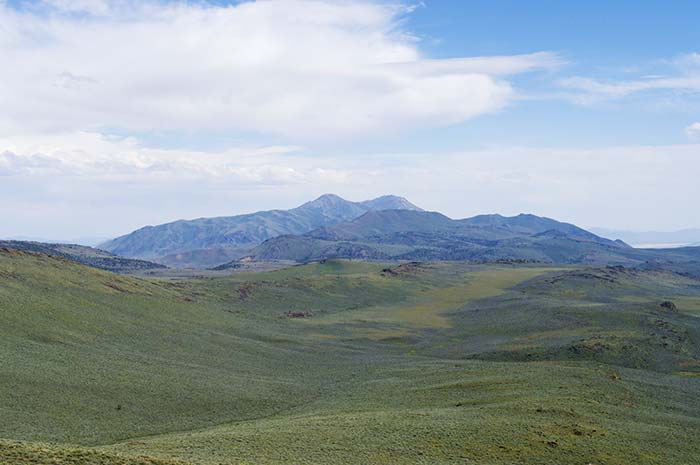 Black Rock desert. That thin dark line in the lower left is the “road” we came in on.
Black Rock desert. That thin dark line in the lower left is the “road” we came in on.I still haven’t fixed the damage to the van’s transmission. The shop says the transmission needs to be replaced. So far, they haven’t been able to come up with an estimate. I’m not optimistic.
 Bored and Terrified…at the Same Time
Bored and Terrified…at the Same Time
Our misadventure in Black Rock Desert was merely the appetizer for the main course of mechanical suck–the price, I suppose, of adventuring in a 23-year-old camper van.
We set out on the last leg of our trip straight over a mountain that Siri, in all her passive aggressive navigational glory, didn’t think to send us around. That particular part of the adventure will most likely get a blog post all its own, filled as it was with ominous signs and squadrons of US Marines, but the hilight, which I will briefly mention here, was definitely the trip down the far side, during which with a thump and a cloud of foul-smelling smoke the van’s brakes failed.
We were, at the time, in a remote area unserved by cellular signal–indeed, it’s quite likely that most of the natives were entirely unfamiliar with any communications technology more advanced than the telegraph, or perhaps smoke signals–and 70 miles from the nearest town.
Therefore, with no other options availing themselves, we spent almost the entire night on a white-knuckle journey across seventy miles of narrow and windy mountain roads in first gear at about ten miles an hour with no brakes, relying on engine braking to manage our speed.
I did not, prior to that night, realize it was possible to be both utterly terrified and completely bored at the same time.
The next day, we found a Les Schwab service center. I’d never heard of Les Schwab before I moved to Oregon, but Zaiah swears by them. “Great customer service!” she told me. “Awesome warranty!” she told me. I was skeptical, but when I bought the van I had the brakes serviced at a Les Schwab.
It took them an hour just to work up an estimate–never a good sign when it comes to brakes. They gave me a number. I choked. “Well, we need to replace everything in the front,” they said. “…” I said.
“We looked you up in the computer. You still have a thousand miles left on your warranty,” they said. “It will all be no charge.”
“…!!” I said.
Sometimes, fortune favors the foolhardy.
 Uterine Thunderdome
Uterine Thunderdome
June decided to continue the theme of random bodily injury started with the rib thing in May, because why mess with what works, amirite? And so it came to pass that I ended up with weird pain that left my doctor scratching his head and muttering about the possibility of a kidney tumor, that got worse and worse until eventually I ended up in a CT scanner shot full of contrast that made my eyes feel like they were melting.
The CT scan was illuminating, both as to the nature of the problem (appendicitis) and to why it was tricky to figure out. Apparently, my internal geography is as unorthodox as my romantic life.
More distressing, perhaps, was finding out that such unusual innards are often the result of a situation whereby a person becomes pregnant with twins, one of which absorbs the other early in development in a kind of uterine Thunderdome–two fetuses enter, one fetus leaves.
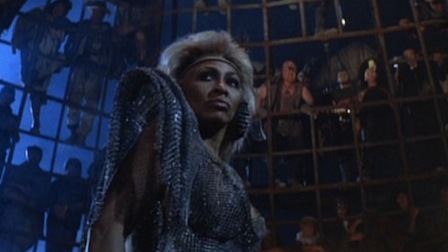 I have no idea if Tina Turner was there or not. It was too dark to see.
I have no idea if Tina Turner was there or not. It was too dark to see.But hey, there’s a silver lining. From now on, if anyone gets all up in my face, I can say “don’t fuck with me, man, I ate my twin!”
 O Canada
O Canada
Eve, in her ongoing attempt to make me more self-sufficient in the nutrient procurement department, has been encouraging me to learn the dark arts of cooking and baking, by whose secret alchemy ingredients are transmogrified into food.
As part of that ongoing effort, she had me decorate a cake for Canada Day. I must say, I think it turned out rather well.
A most excellent representation of the spirit of Canada, if I do say so myself.
 The Big Book of Franklin Gets It Wrong
The Big Book of Franklin Gets It Wrong
2015 is the year my memoir,
The Game Changer, finally saw the light of day.
Writing it was rough. For years–decades, really–I’ve written about polyamory and kink and relationships, but I’ve never really told my story. I’ve talked a lot about the things I believe, but not very much about how I got there. The Game Changer was a new kind of writing–one that’s not very comfortable for me.
It also tells the story of things I’m not proud of. It’s about the mistakes I made and the people I hurt, because those are the experiences that led me where I am. In fact, while I was writing it, I called it The Big Book of Franklin Gets it Wrong.
The response to the book has been overwhelmingly positive, and it’s reached a lot more folks than I expected it to. I am deeply grateful for that, no matter how hard it was to write.
 Dancin’ the Blues
Dancin’ the Blues
One of the many things I’ve been working on this year is learning to blues dance.
I’ve always quite liked to dance–generally more gothy than bluesy, and without a partner–but partner dancing is new to me. Eve’s been teaching me, and it’s turned out to be rather a lot of fun.
In the fall, I went to Northwest Recess, which is rather like Burning Man only with fewer flamethrowers and a lot more dancing.
A whole lot of folks got together in the middle of nowhere, set up tents, and spent several days dancing without the distractions of civilization, like Internet, television, or potable water. And it was absolutely lovely. How come nobody ever told me how much fun blues dancing is?
 More bionic penises
More bionic penises
2015 was the Year of Travel and Presenting. Most of the presenting revolved around polyamory, but we took just enough time from talking about the whys and hows of multiple lovers to talk bionic cocks at Arse Electronika.
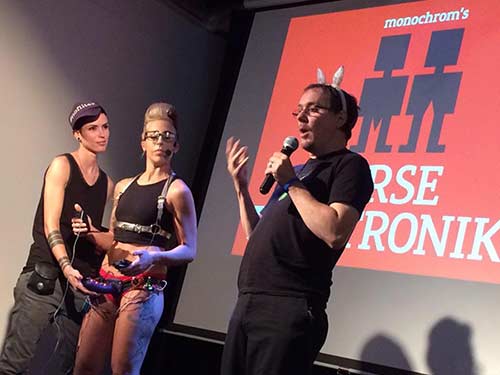 The second-generation prototype lacks the glowing lights, sadly
The second-generation prototype lacks the glowing lights, sadlyWe were told we’d won the Golden Kleene Award for tech in sex, but weren’t able to pick it up as we had to depart for the airport immediately after our presentation to head to Europe. That right there ended up becoming the theme of the next five weeks.

 Roads go ever ever on, over rock and under tree
Roads go ever ever on, over rock and under tree
The book tour. Ah, yes, the book tour.
What to say about it? The book tour was very, by which I mean parts of it were very good and parts of it were very bad but none of it was mediocre.
I started touring with The Game Changer a couple of weeks before the European leg with More Than Two. I also ended up in urgent care midway into the second week, diagnosed with bronchitis.

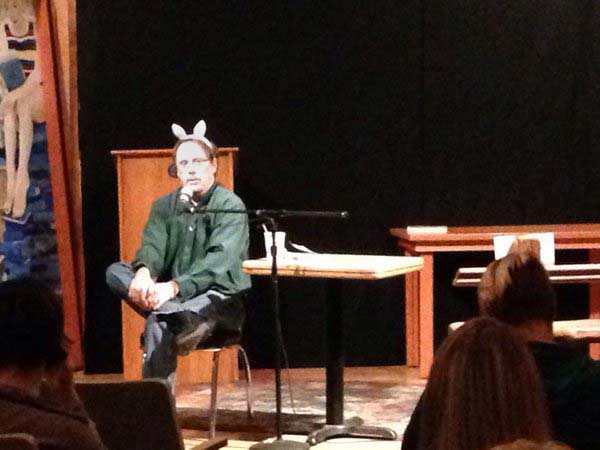
The bunny ears are mandatory. The bunny ears are always mandatory.
As for the European bits…
We miscalculated, we did. During last year’s book tour in Canada and the US, we lived in the back of the Adventure Van traveling from town to town talking about polyamory. We packed our European schedule with the same density of events, neglecting to consider that:
- We would be on foot or relying on public transit for most of the tour;
- We would be dragging all our luggage with us everywhere we went; and
- We would be dependent on the schedule of the trains for our schedule.
They say good judgment comes from experience and experience comes from poor judgment. If that’s true, we’re now so absolutely brimming with good judgment we should be on the Supreme Court and at least seventeen less supreme courts.
Meeting people was amazing. The folks we met on the trip were absolutely wonderful. And I don’t think I’ve ever been so utterly exhausted in my life. By midway through, we were hanging on by the skin of our teeth, putting one foot in front of the other, and all those other cliches that one resorts to when one is too damn tired to be able to think.
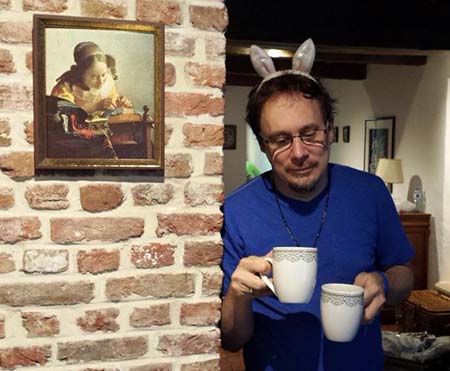 This is how most mornings started: double-fisting cups of tea.
This is how most mornings started: double-fisting cups of tea.And it was still unbelievably amazing.
One thing we never did get used to: no cats. Such a dearth of cats, in fact, that on no fewer than three occasions we were forced to seek company of the feline variety in various cat cafes across the European continent.
We spent our last night in Paris atop the Eiffel Tower, drinking champagne and looking out over the city. I got to cross “spin poi in front of the Eiffel Tower” off my bucket list.
 I didn’t even know it was on my bucket list.
I didn’t even know it was on my bucket list.We flew home the day before the terrorist attacks in the city. When we hit the ground in San Francisco, we both had a bit of a freakout about it.
 Oh, you wanted to breathe with those lungs?
Oh, you wanted to breathe with those lungs?
On returning, finally, to Oregon, I visited my doctor to follow up on the bronchitis thing.
He did the poking and prodding doctors do, and then welcomed me to the wonderful world of adult-onset asthma, the result, apparently, of the pneumonia I had in Atlanta a few years back and the more recent spell of bronchitis.
If there were a god, I think he or she should have made us from something a bit more durable than meat. Just sayin’.
 The last twist of the knife
The last twist of the knife
2014’s last fuck-you was the destruction of Zaiah’s engine by the incompetent boobs at Jiffy Lube. Not to be outdone, 2015 had to get in its last little dig in the same spirit of giving, when the radiator in her car–the same one we’d only just put a new engine in–erupted in a cloud of steam.
Fortunately, this was a far less expensive fix. Still, they say it’s the thought that counts.
So that’s the way it was, the Year of Very. I still hold out some hope that 2016 will be a bit less very, though I have a feeling that this year will be a bit of a roller coaster as well. And I don’t even like roller coasters.
Like this:
Like Loading...

